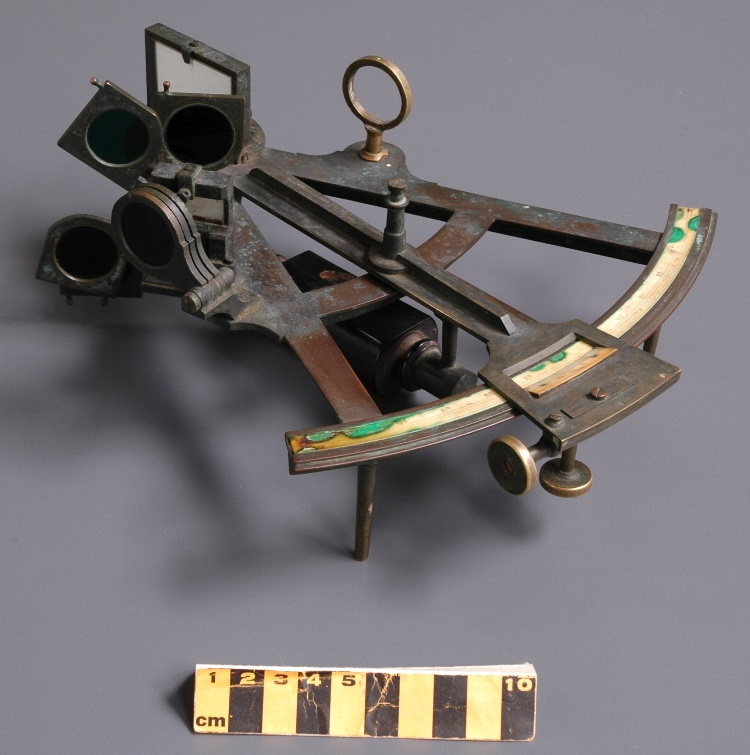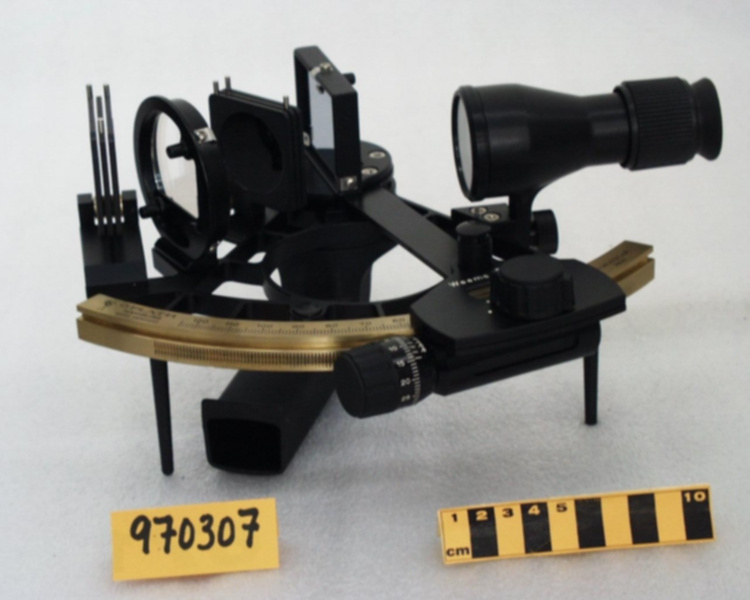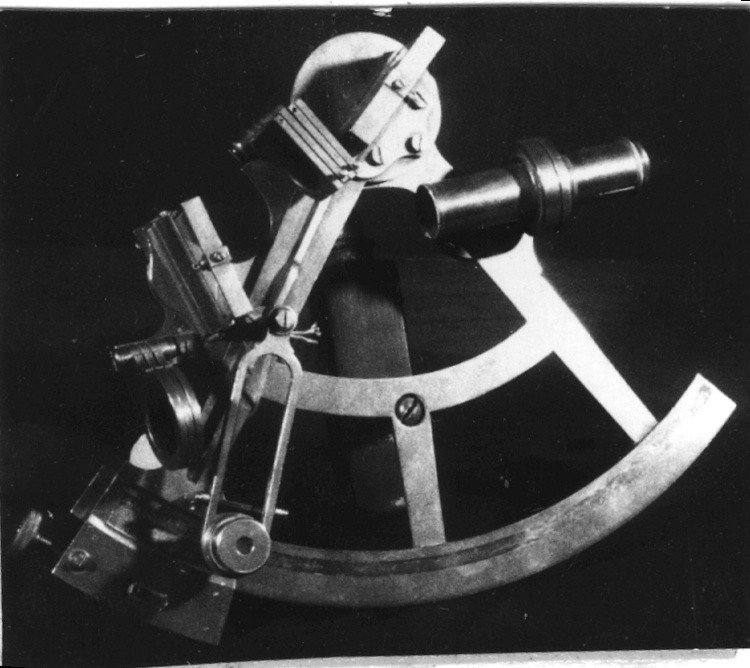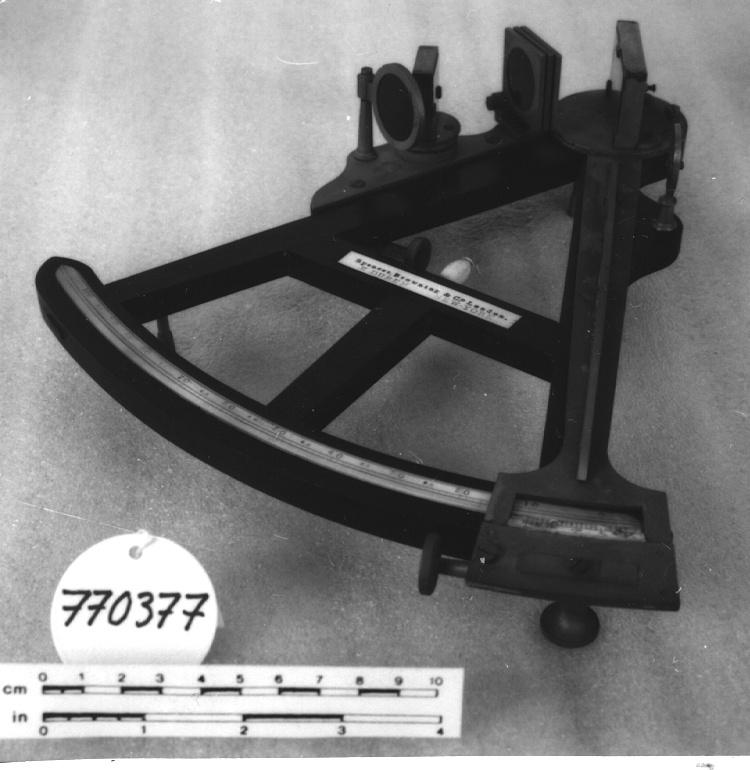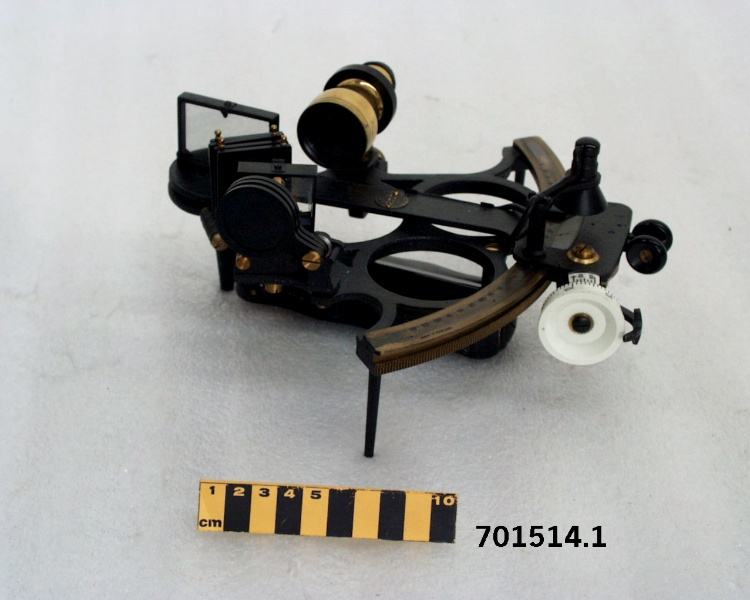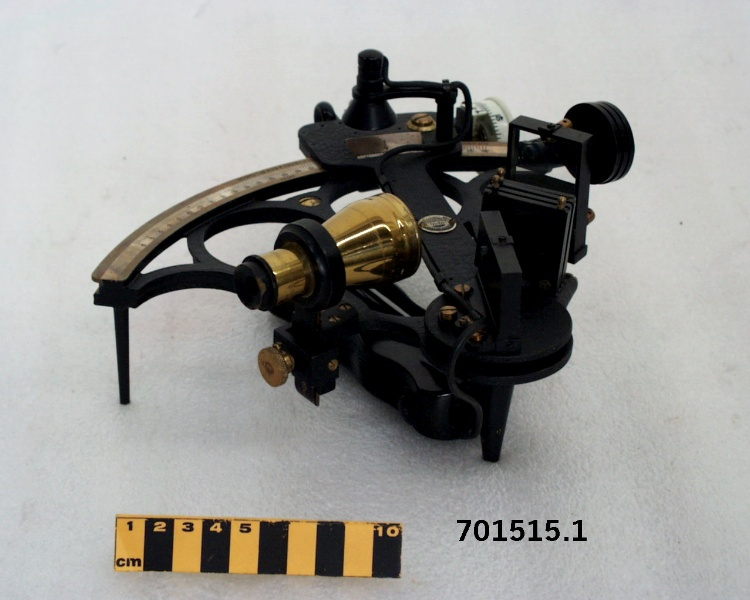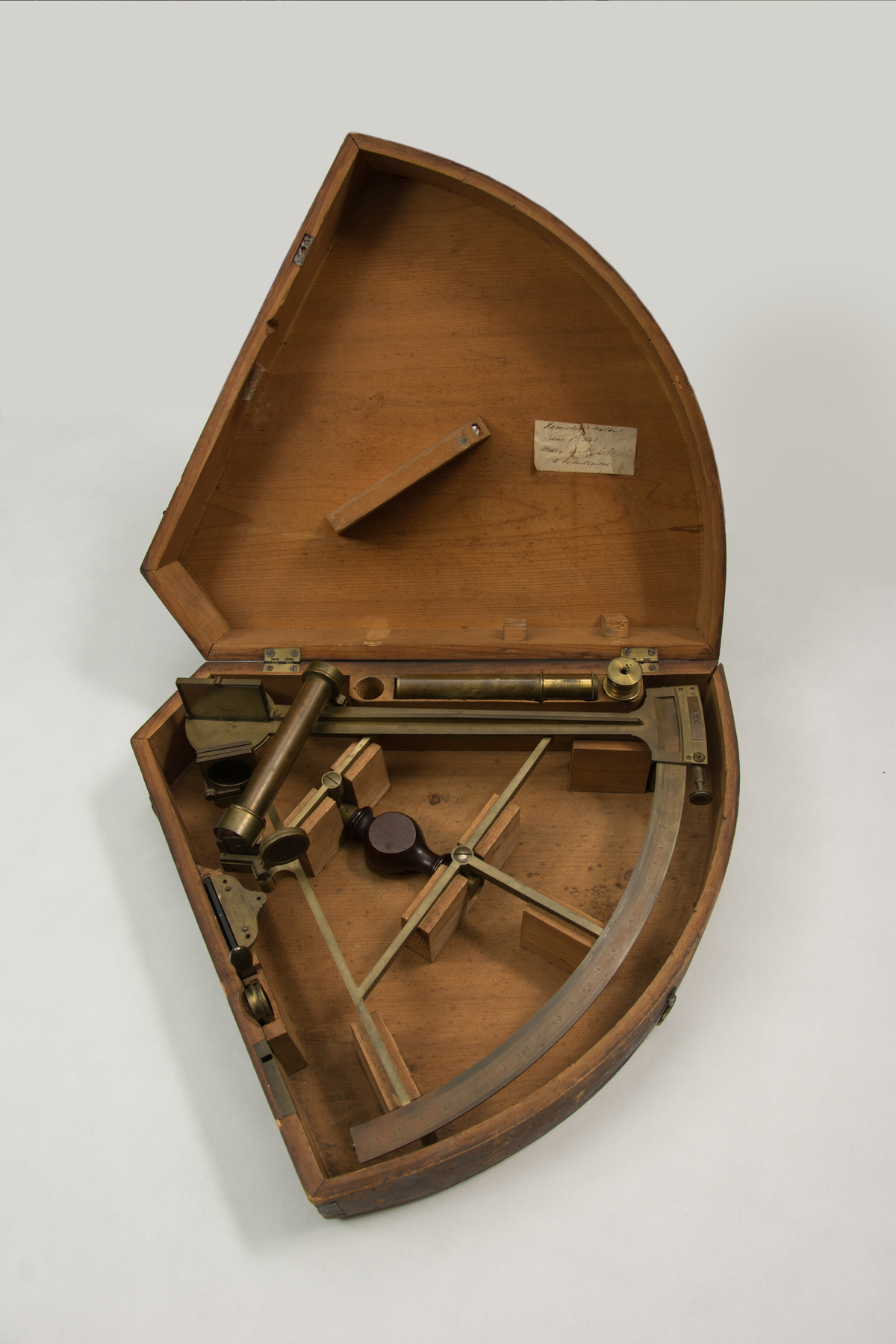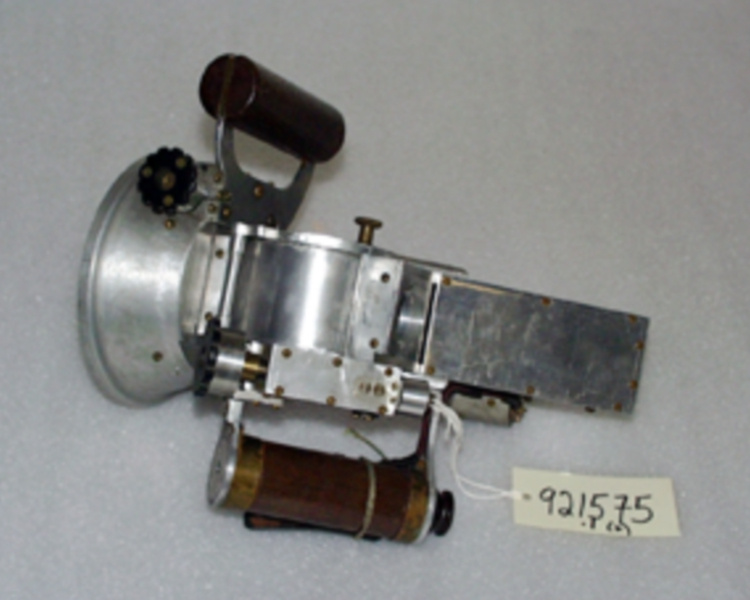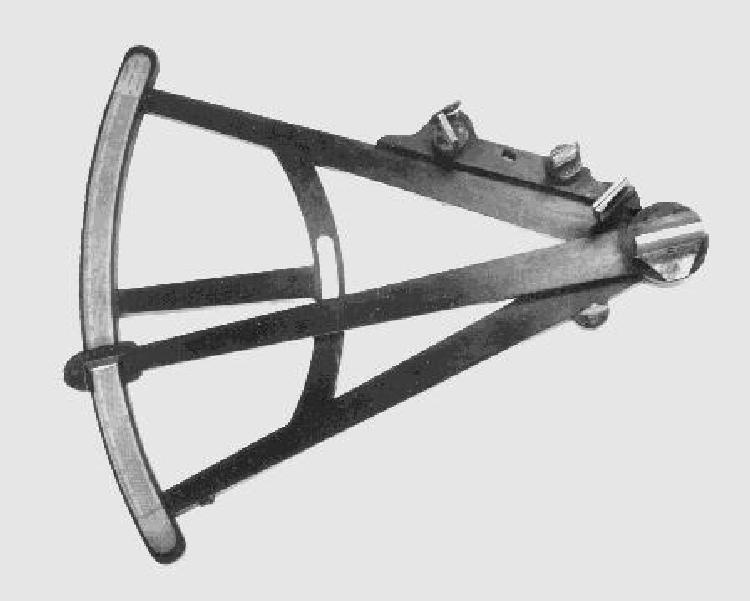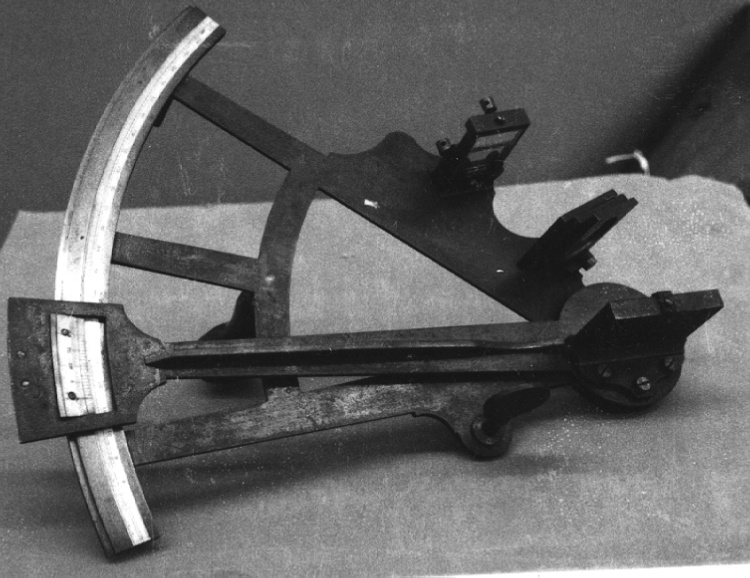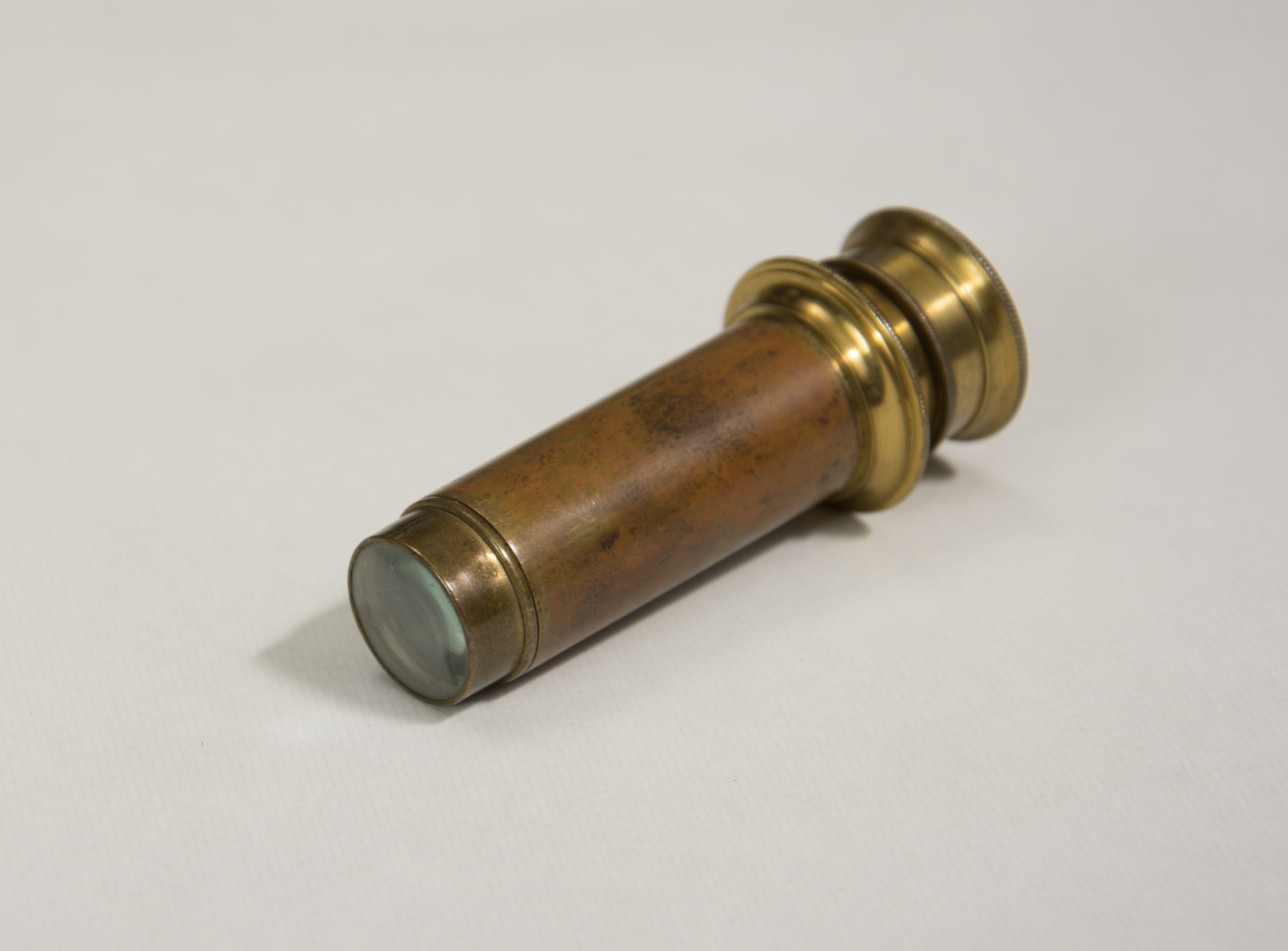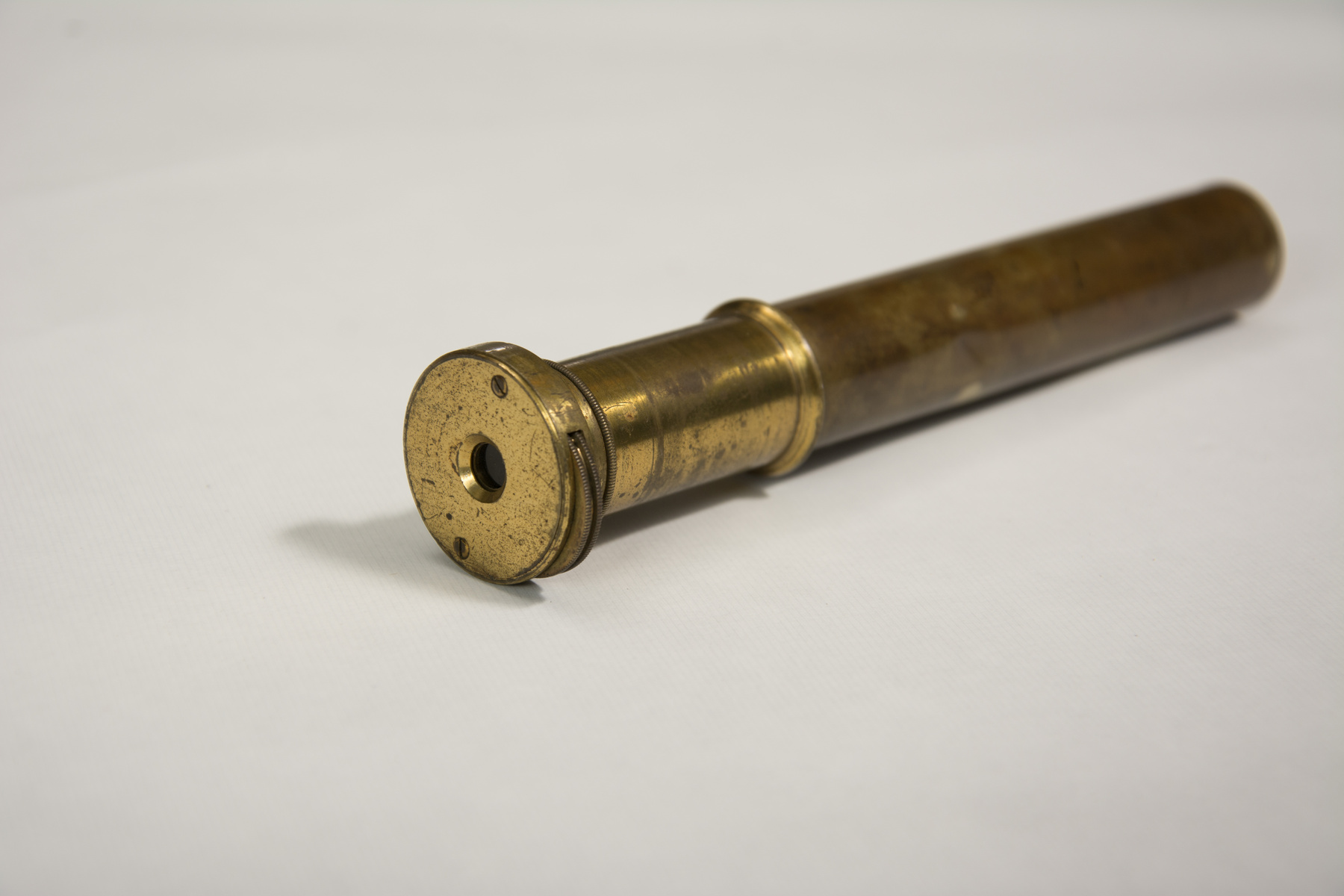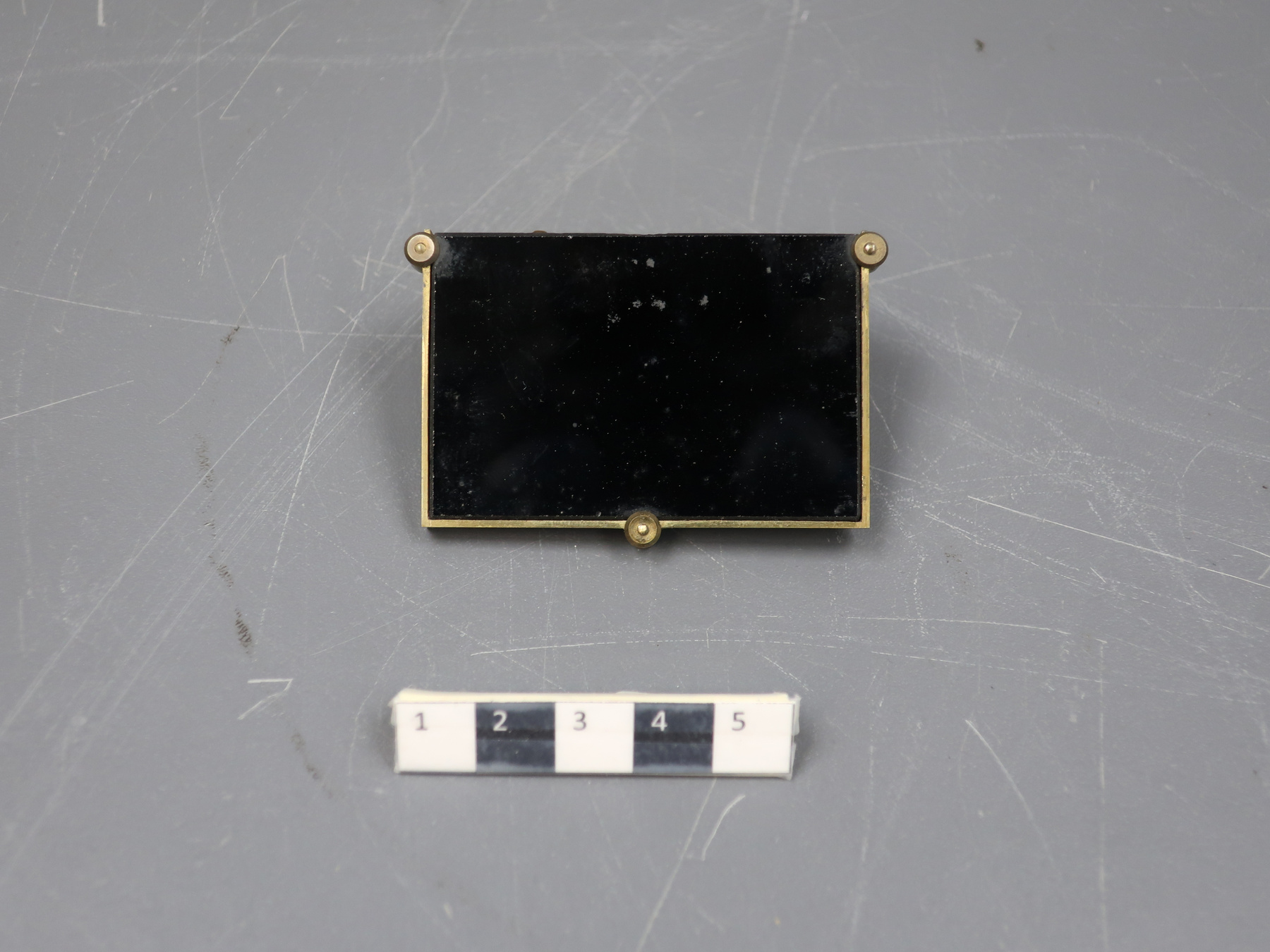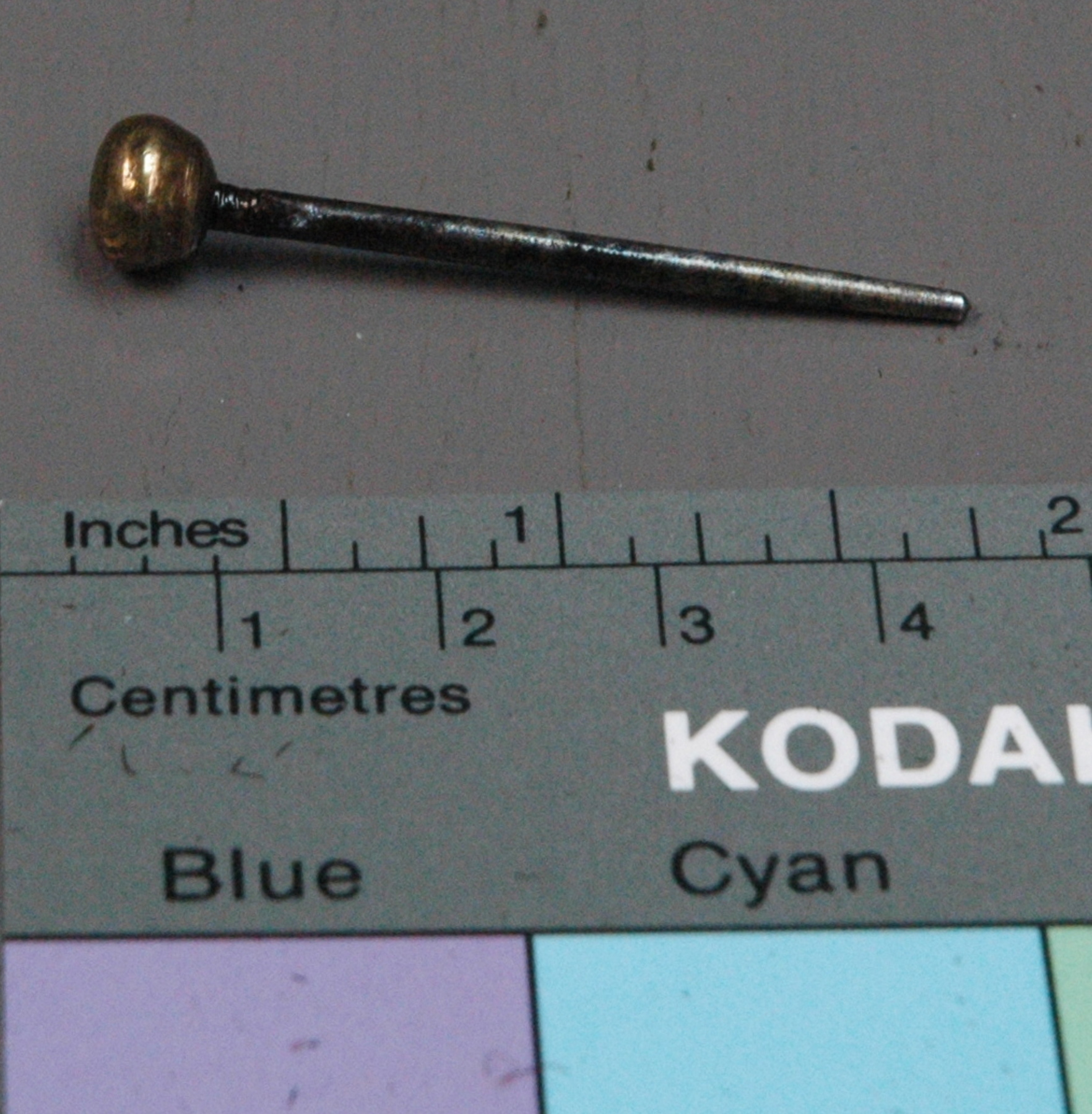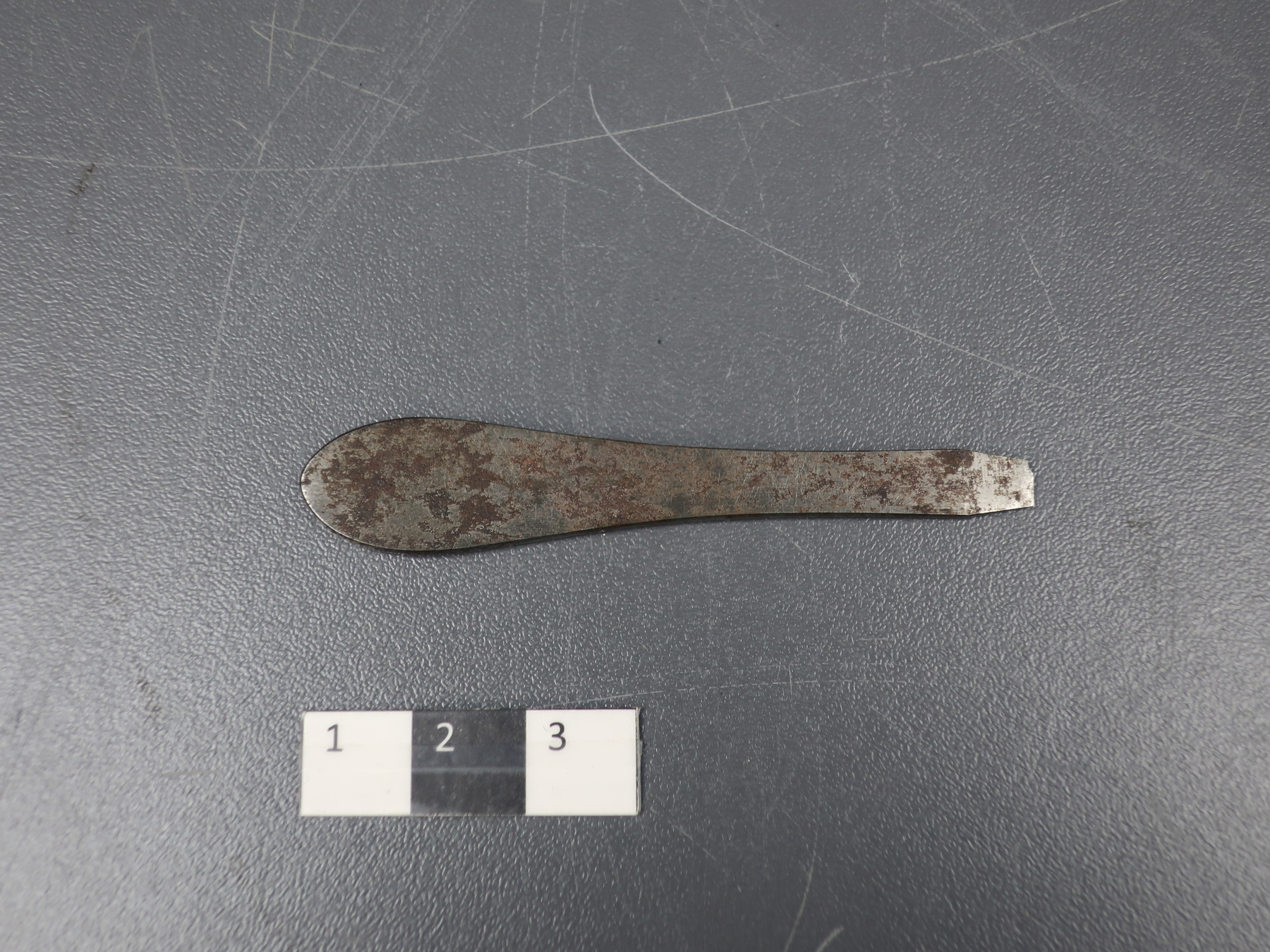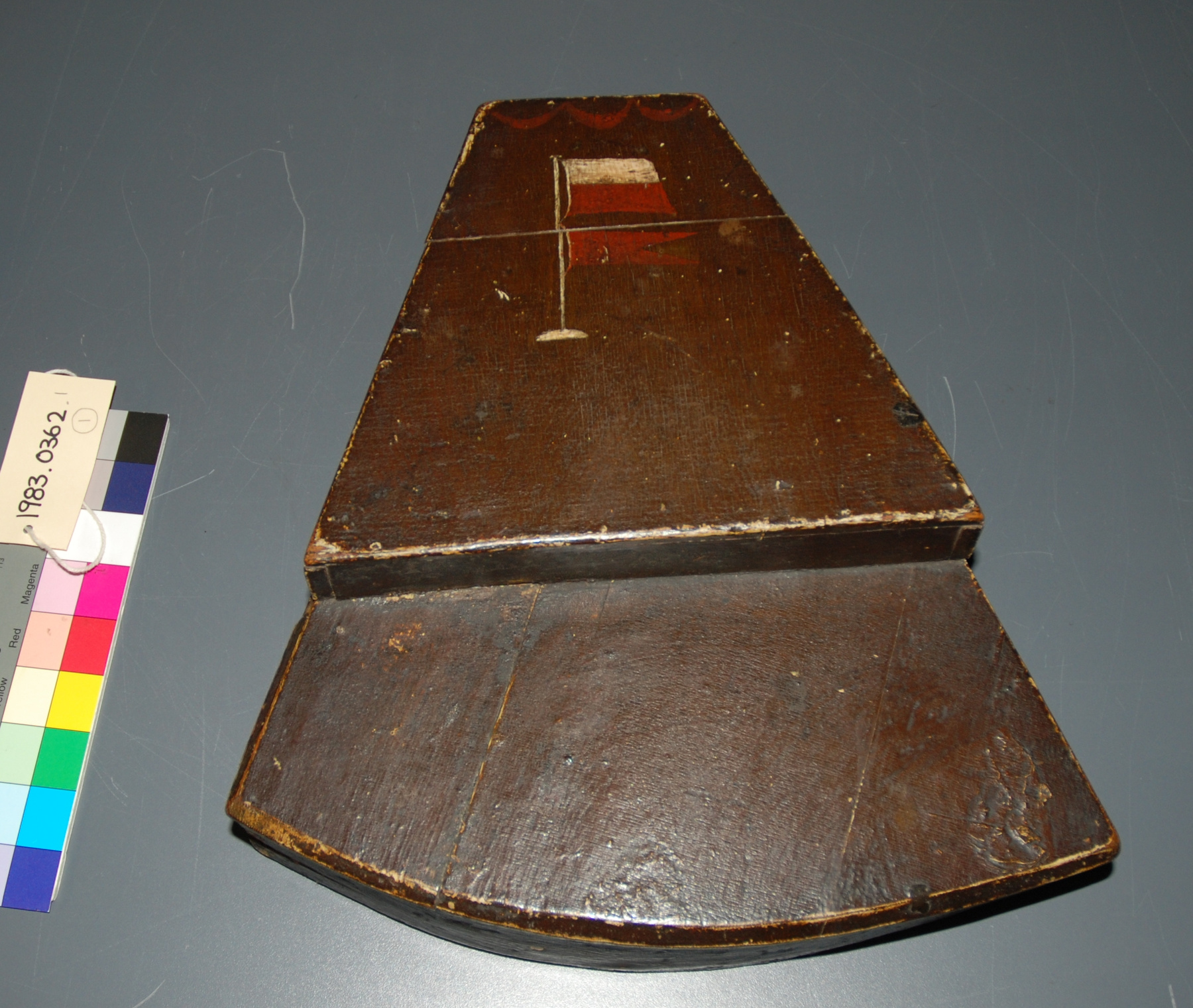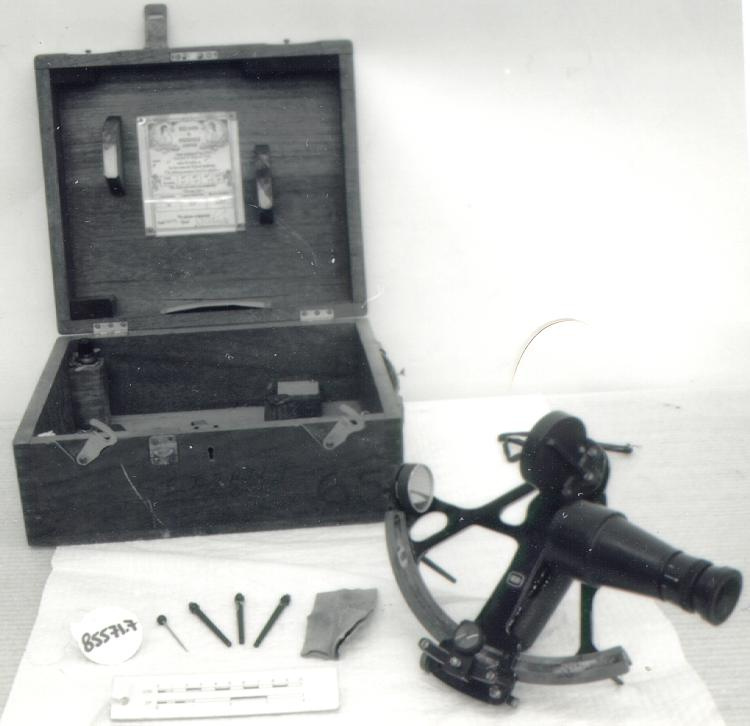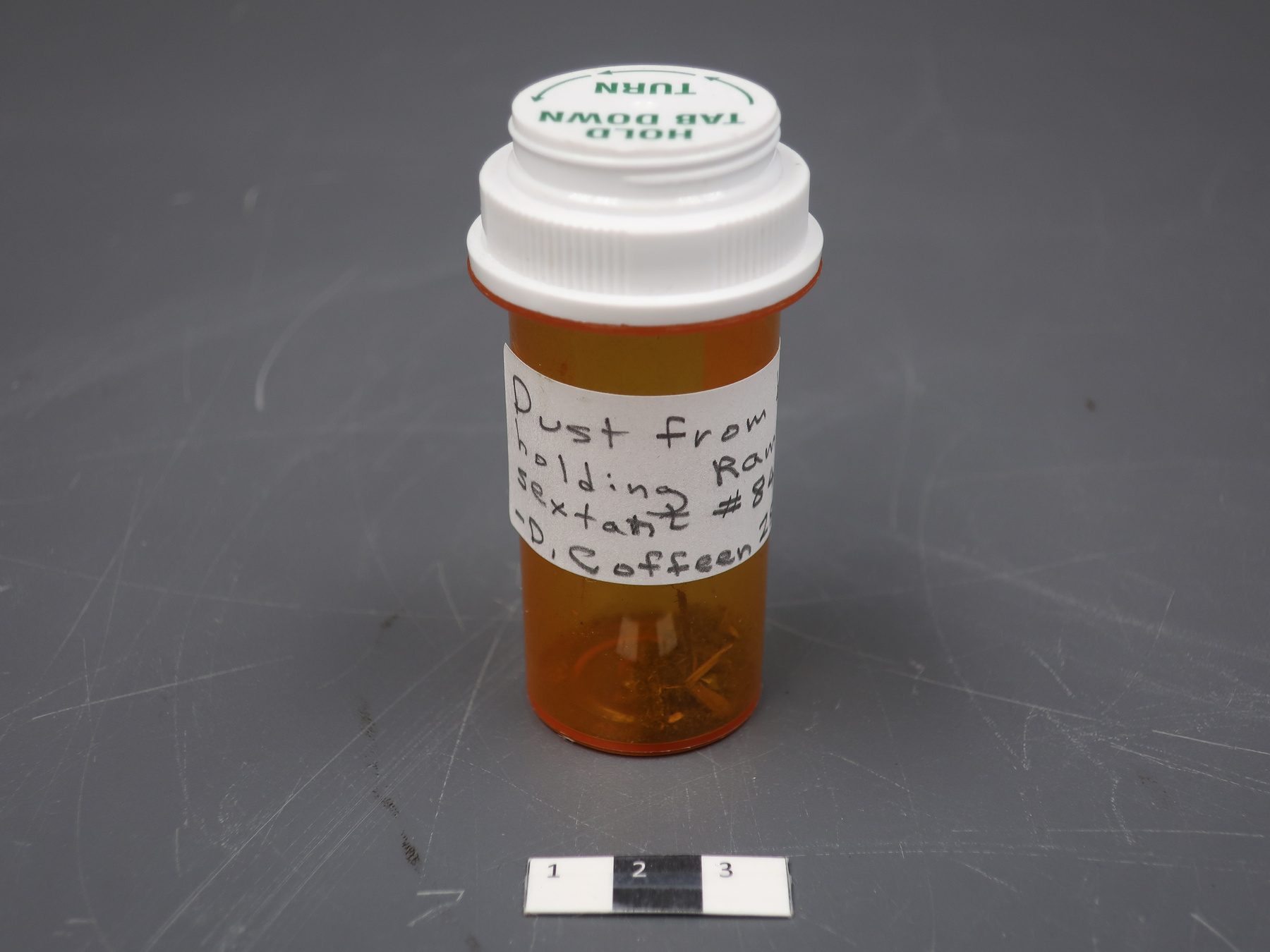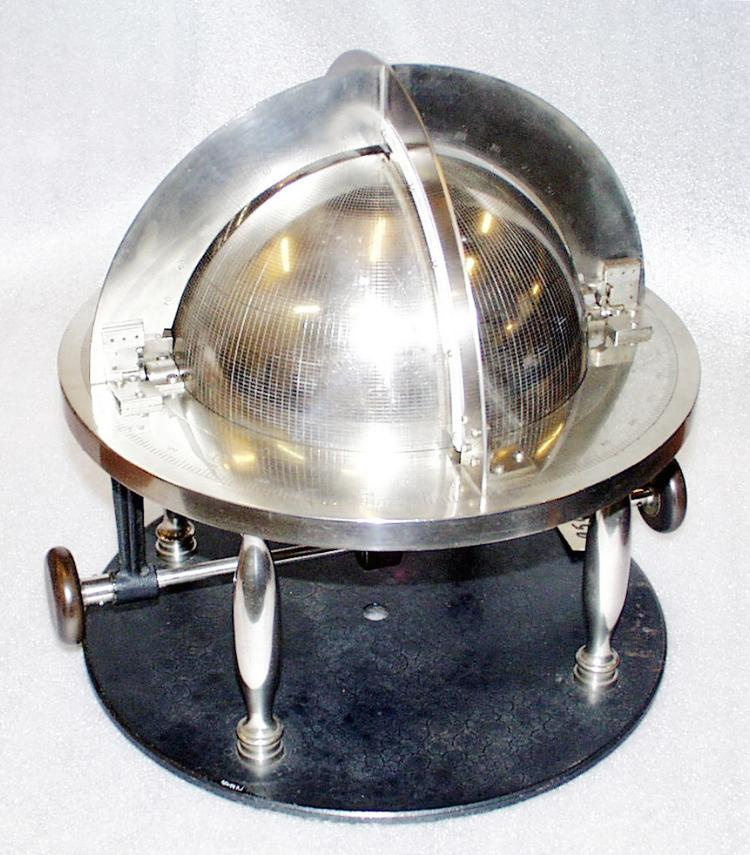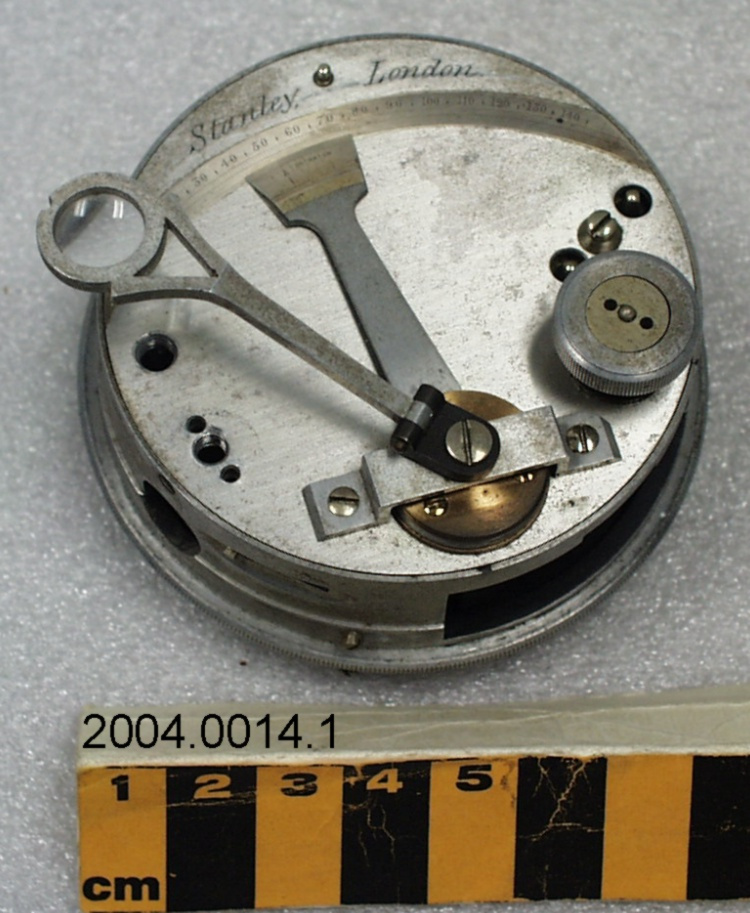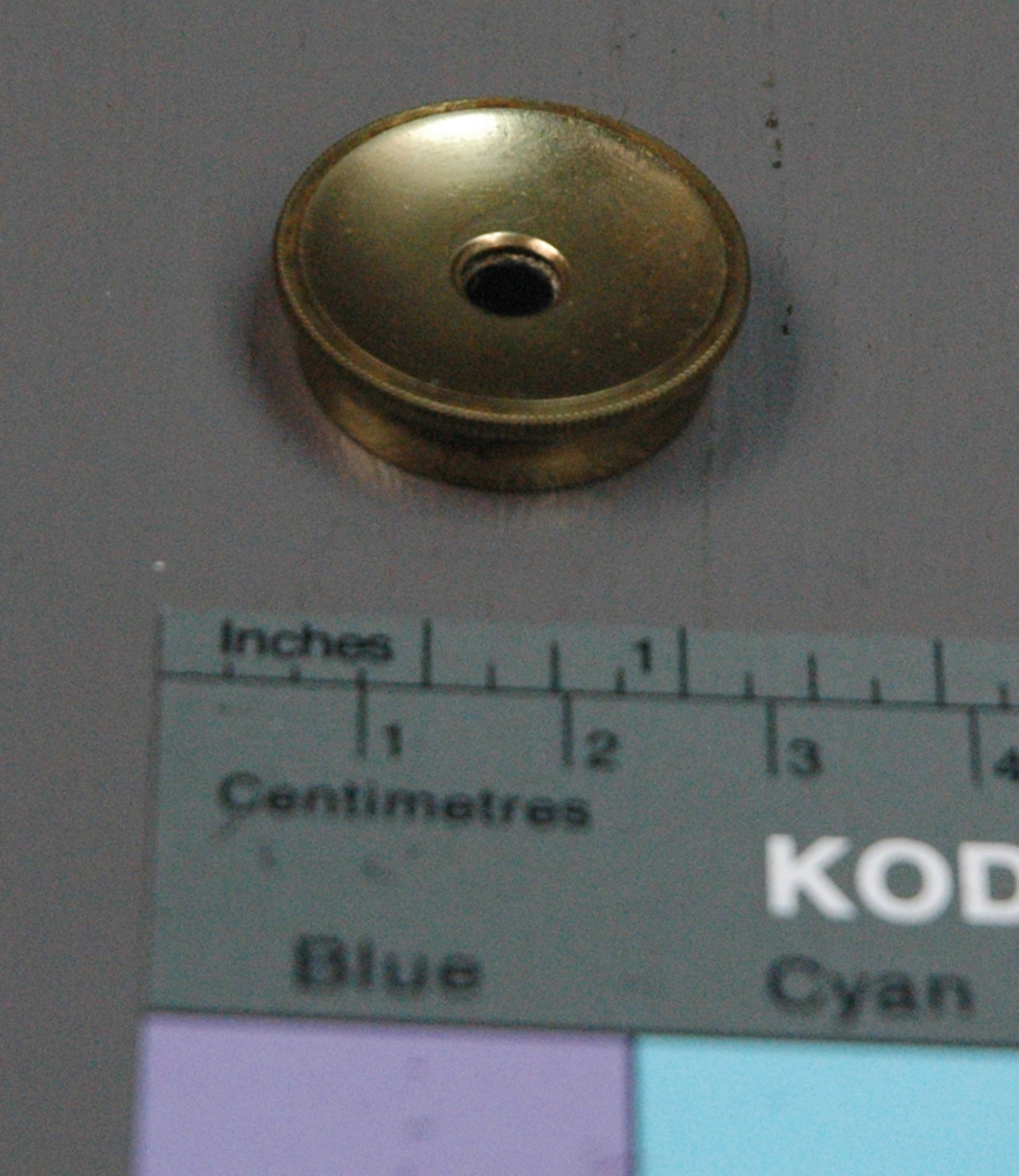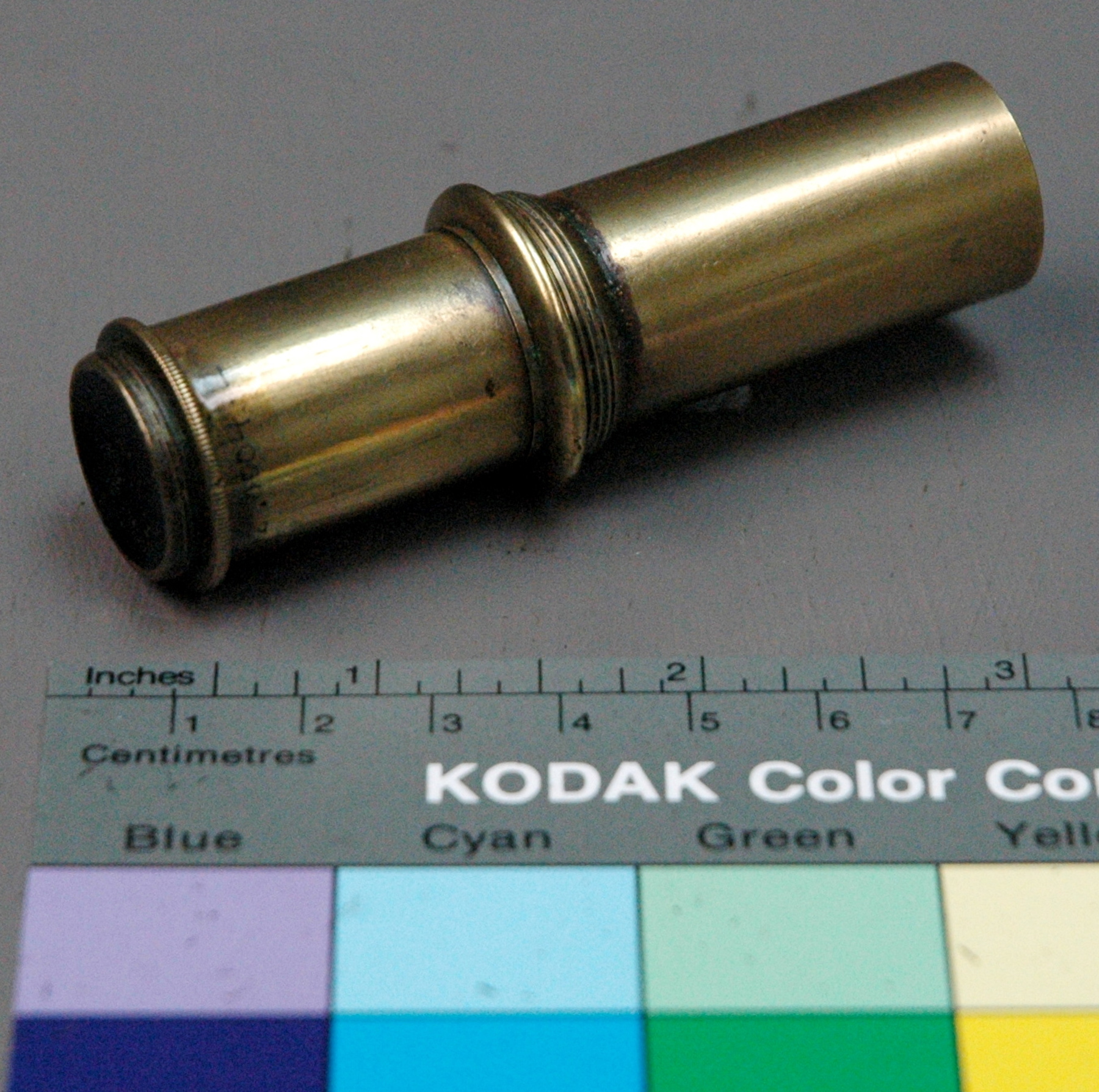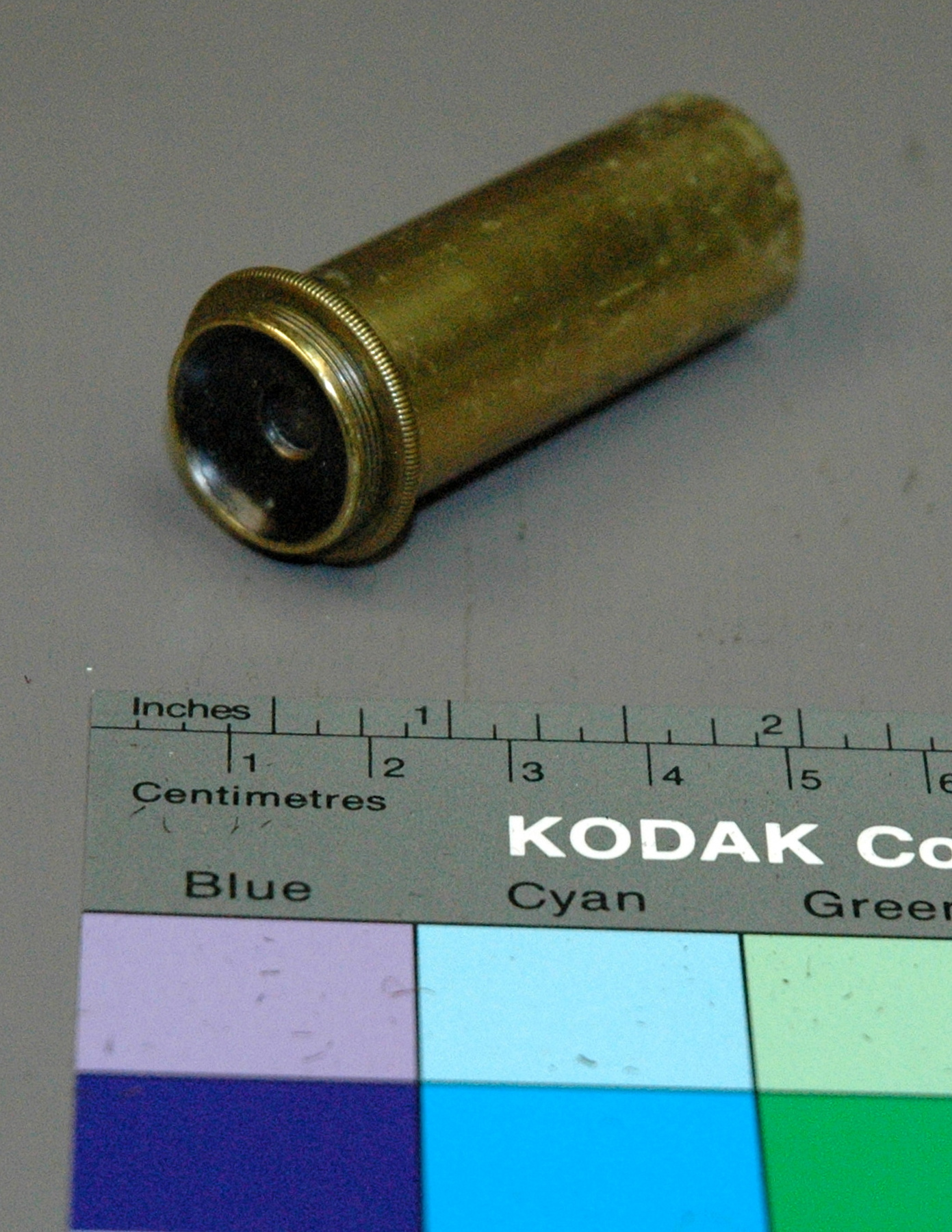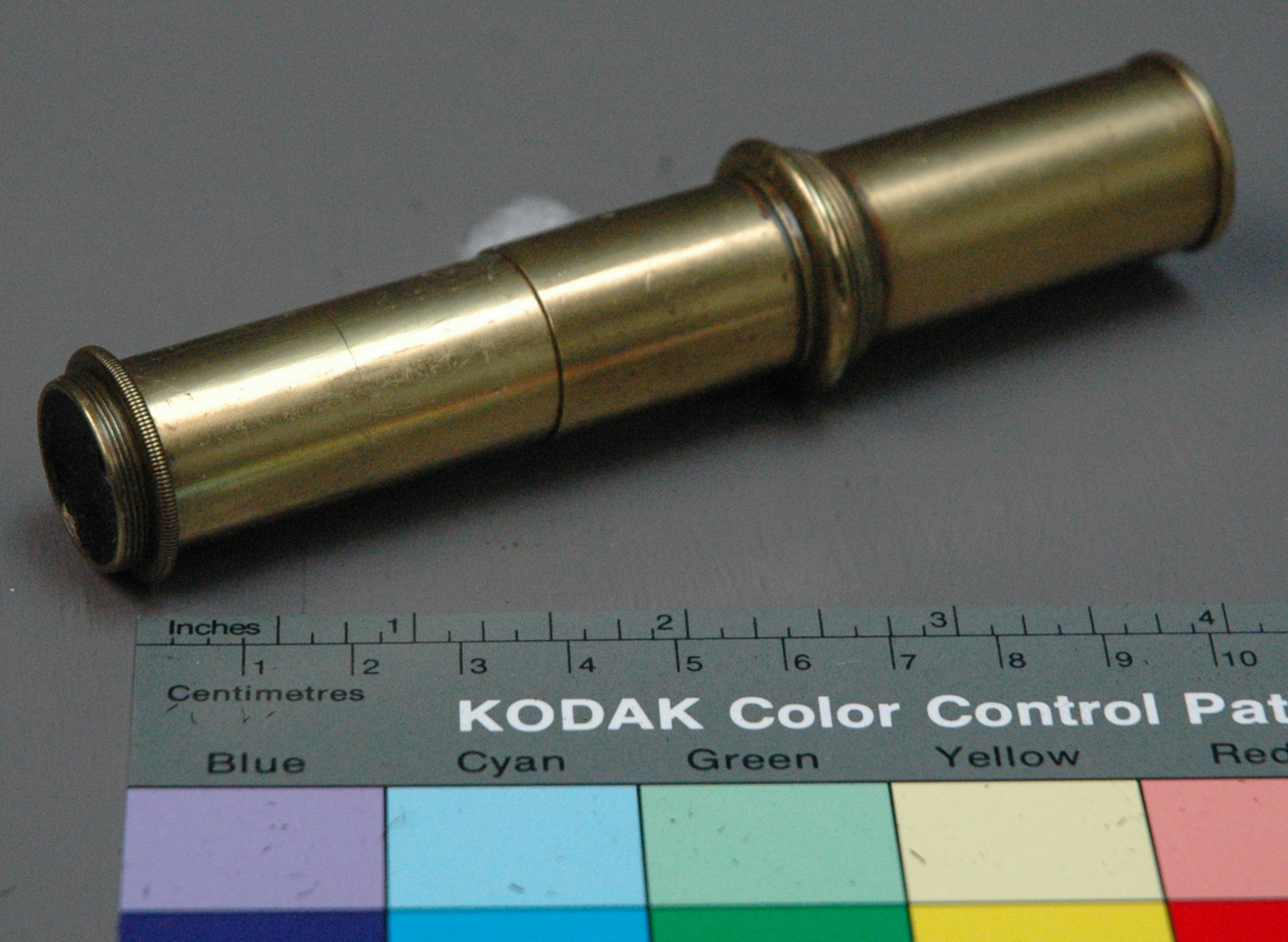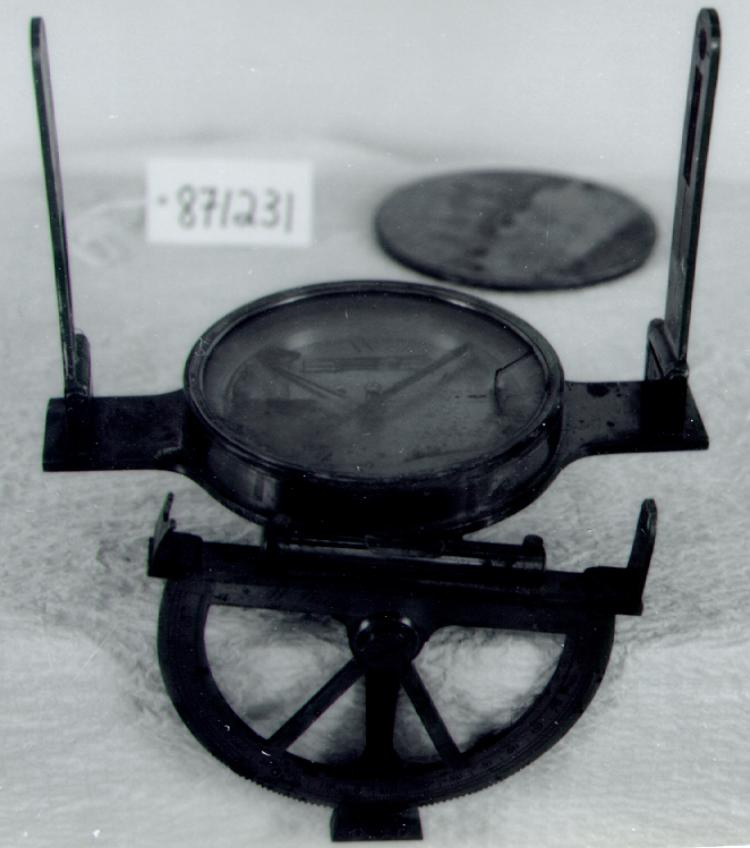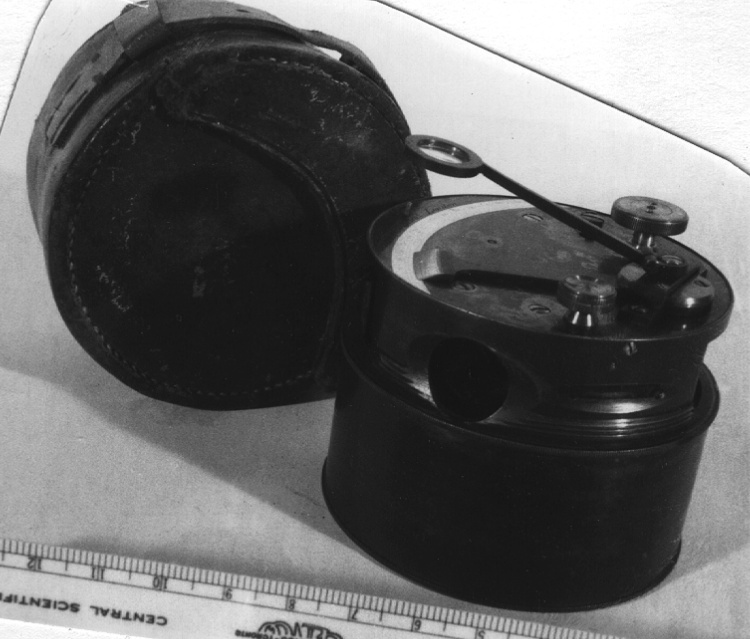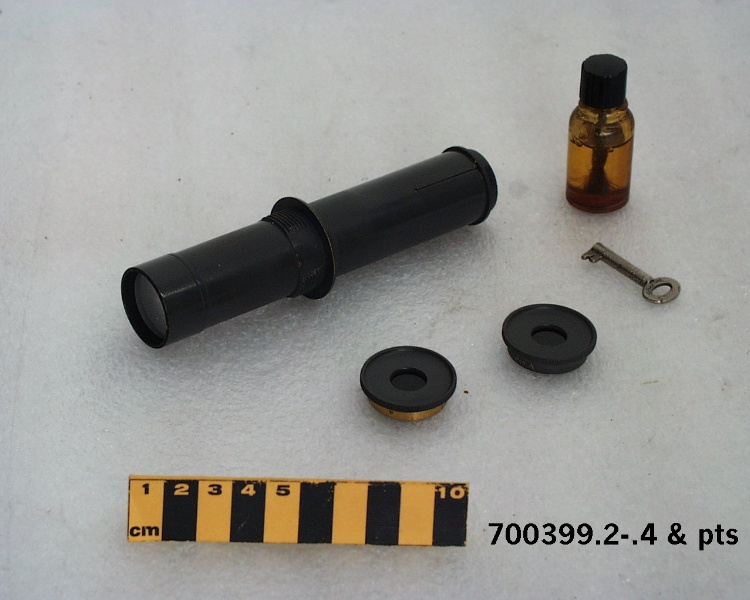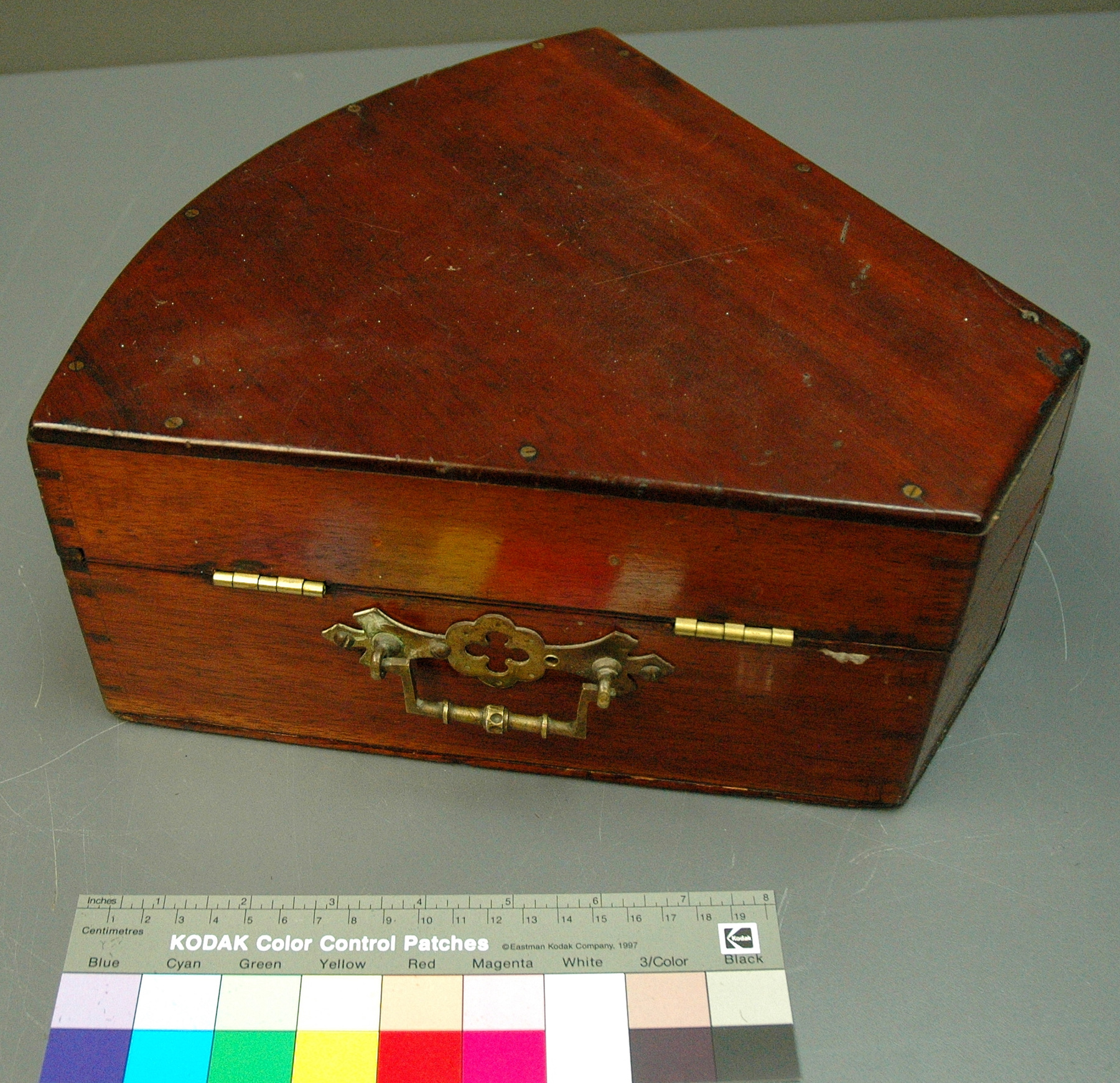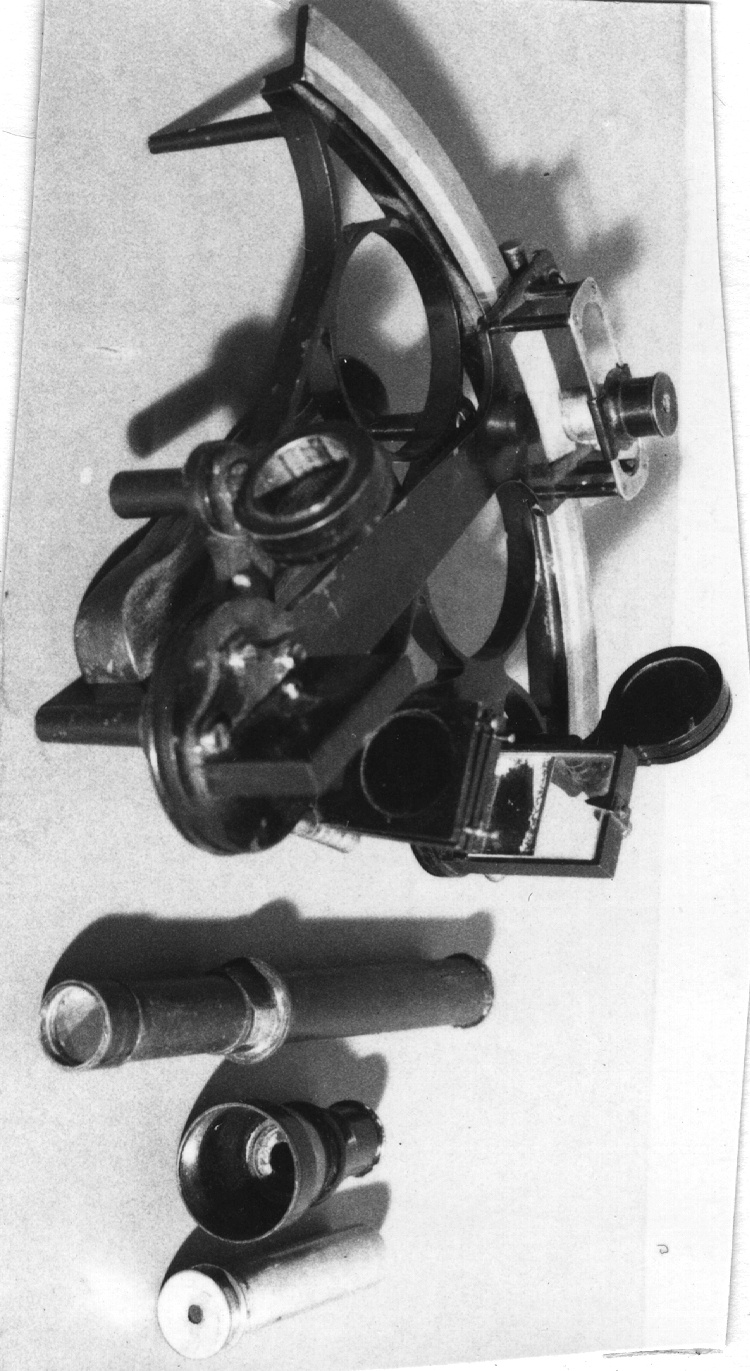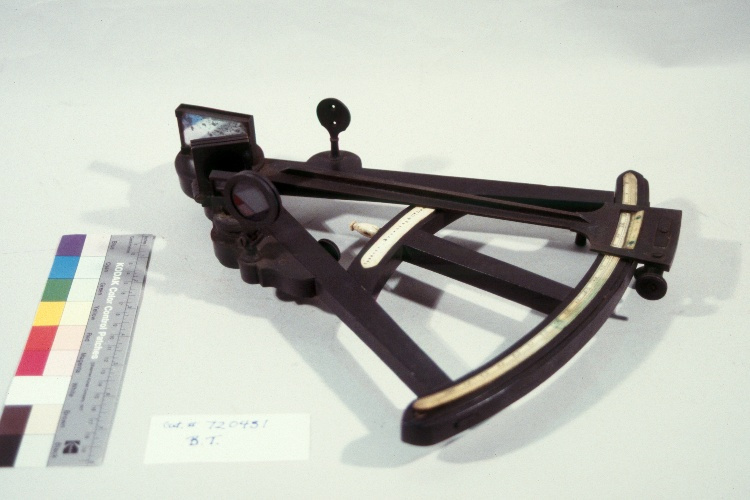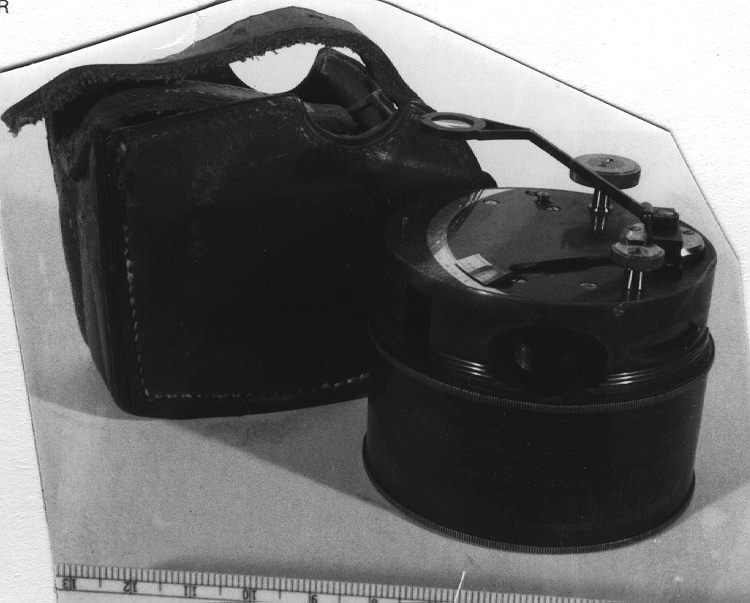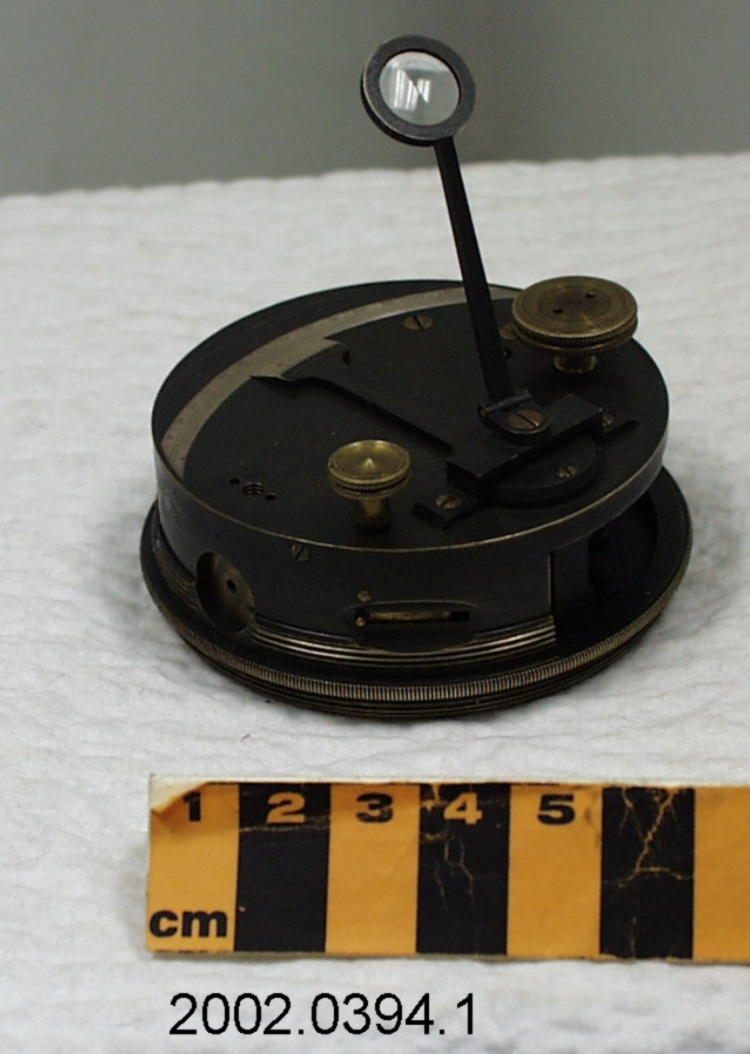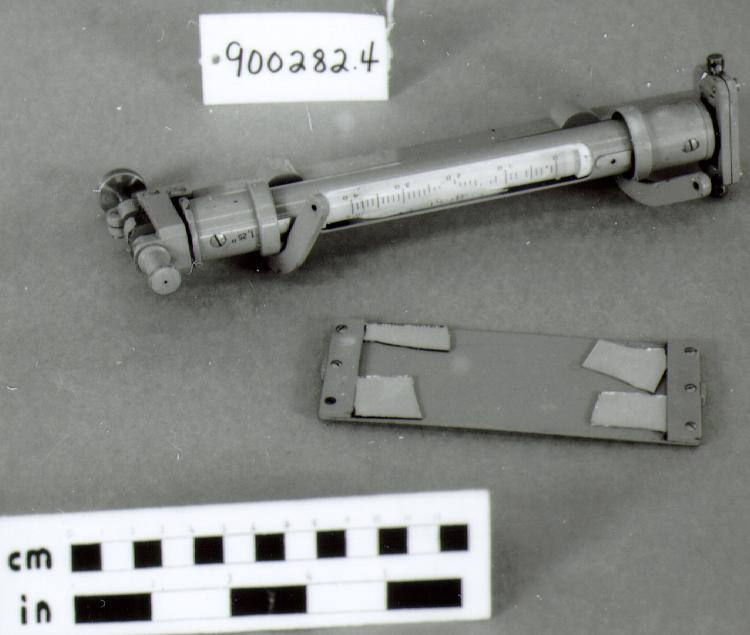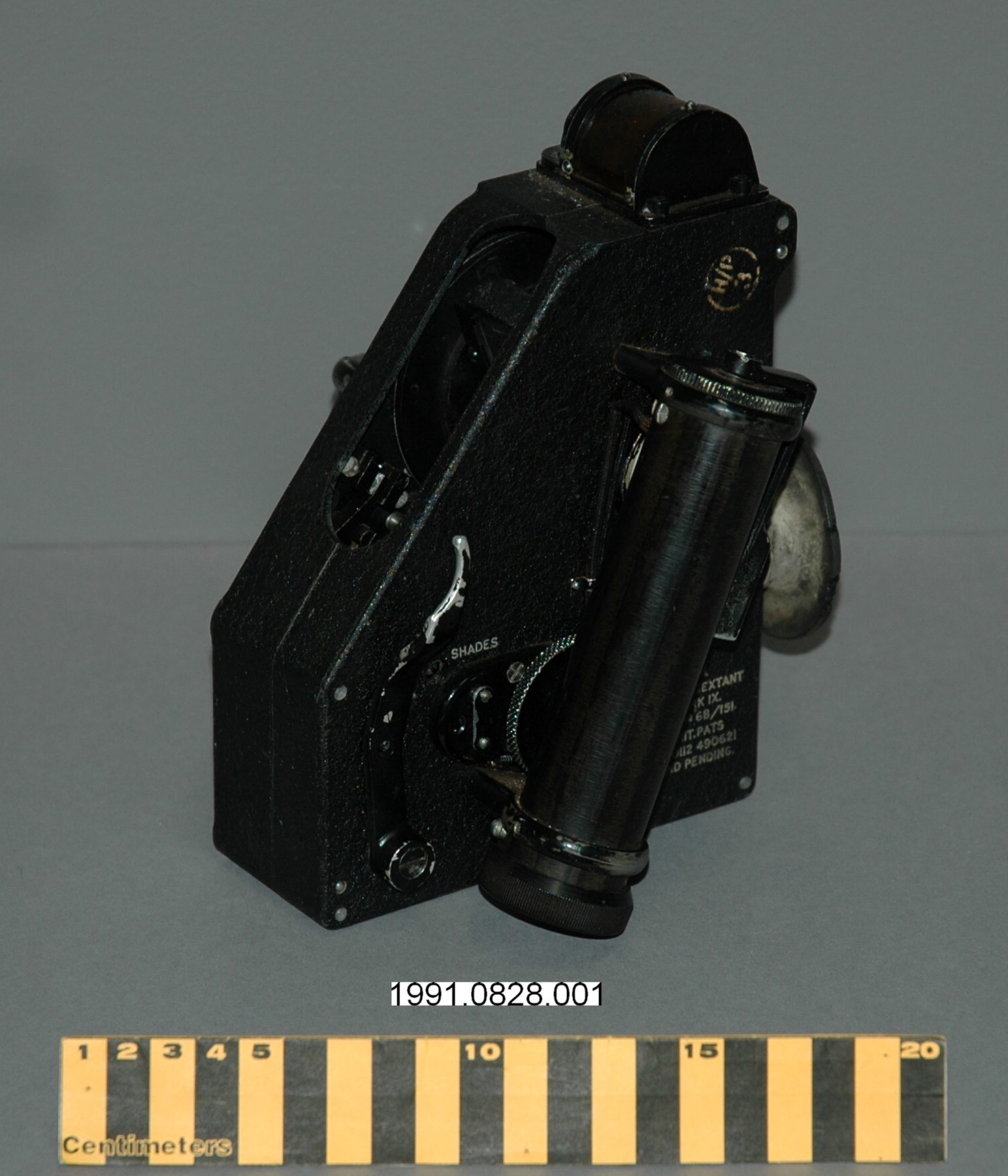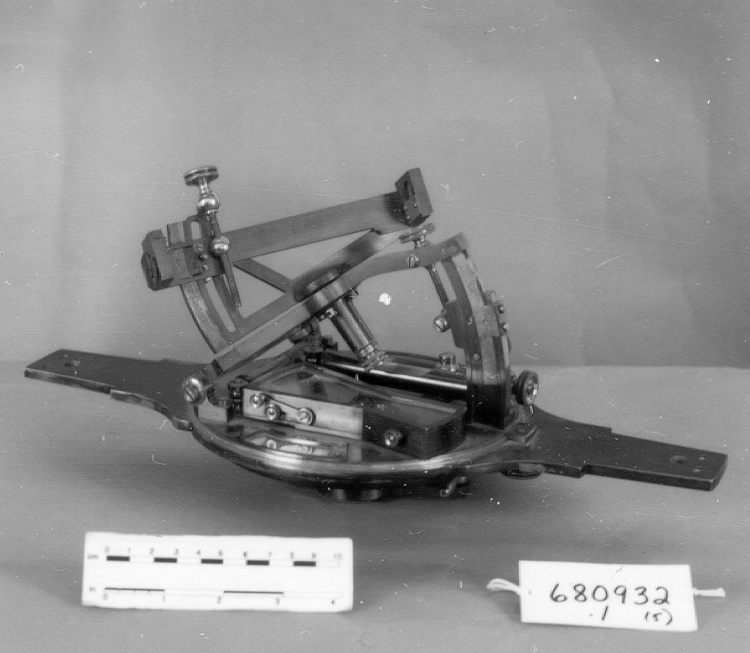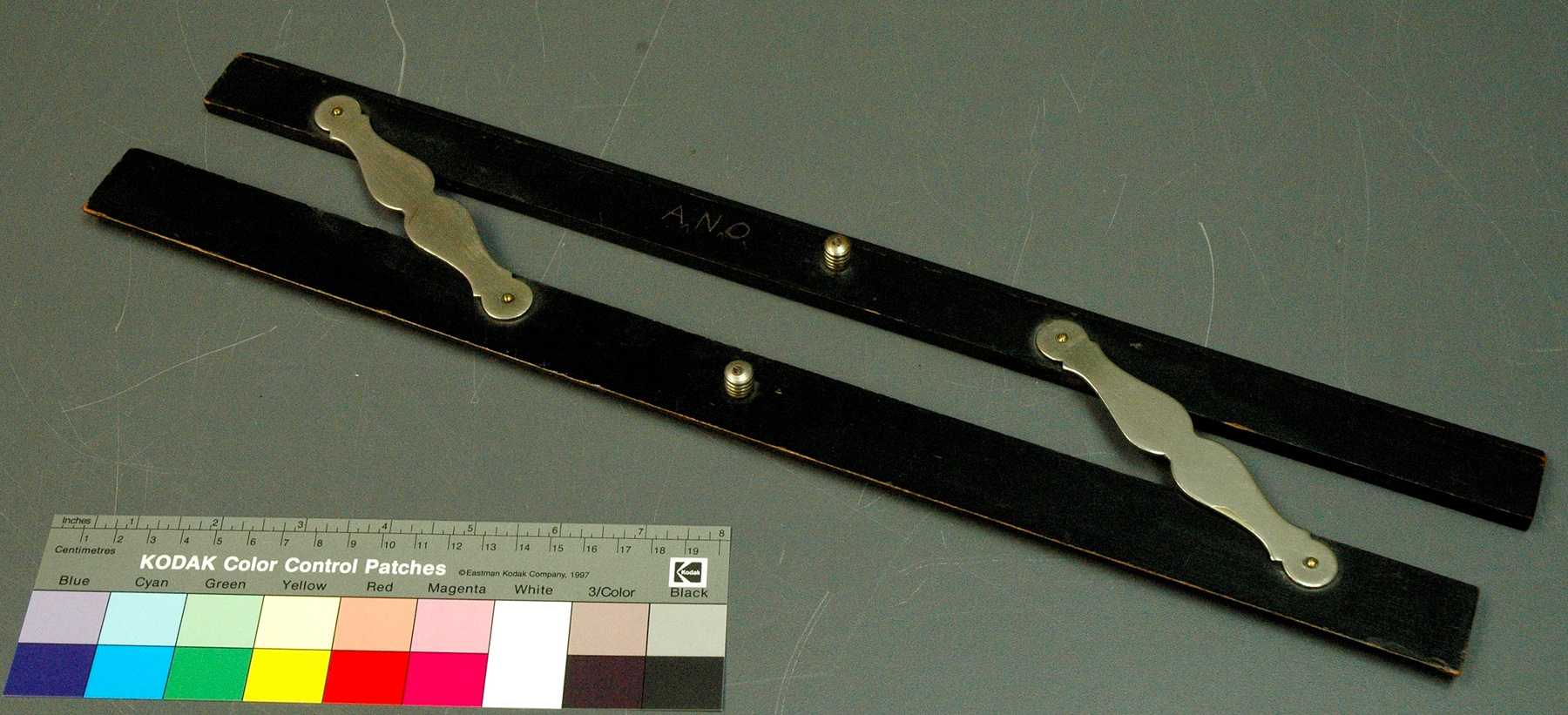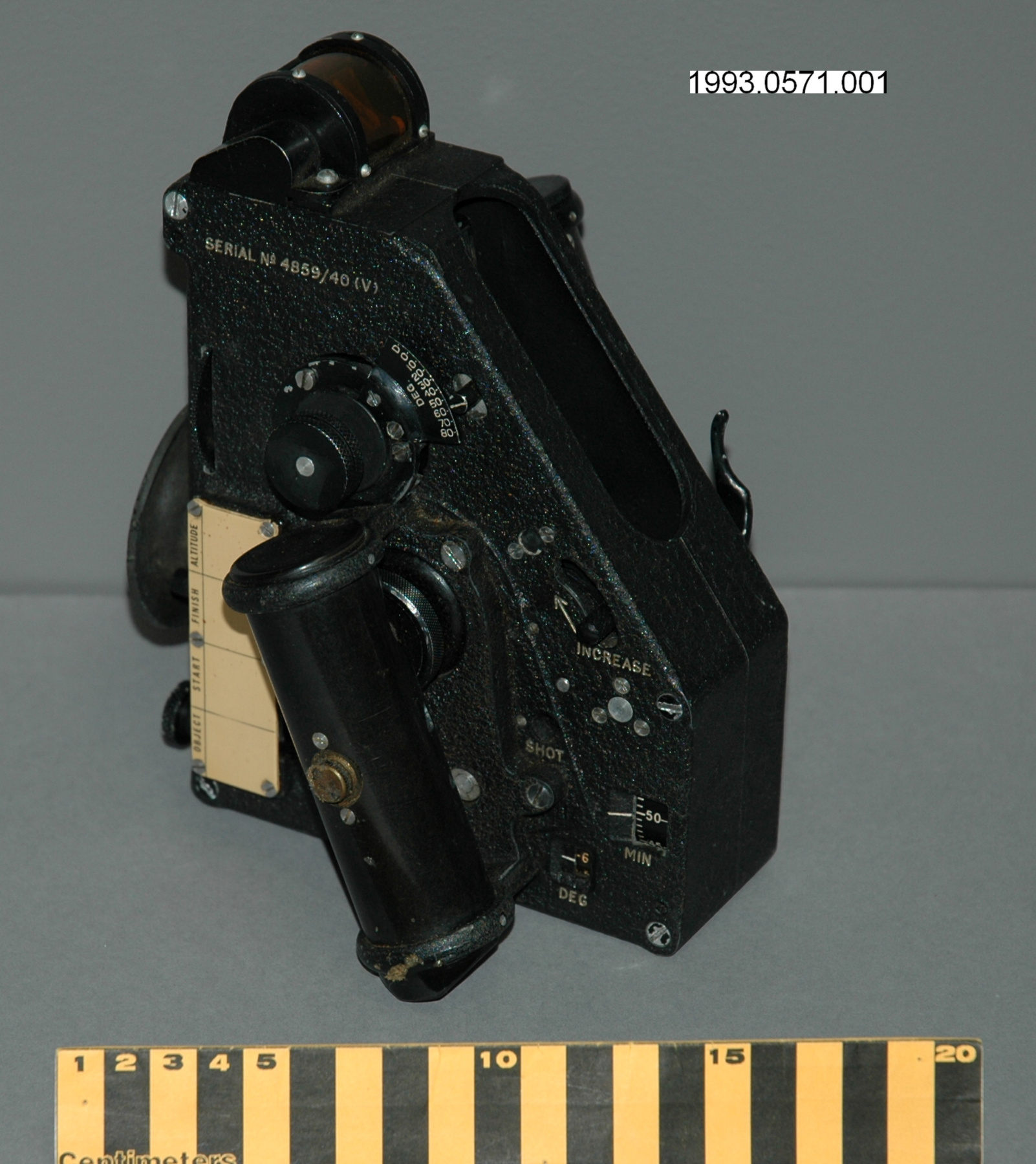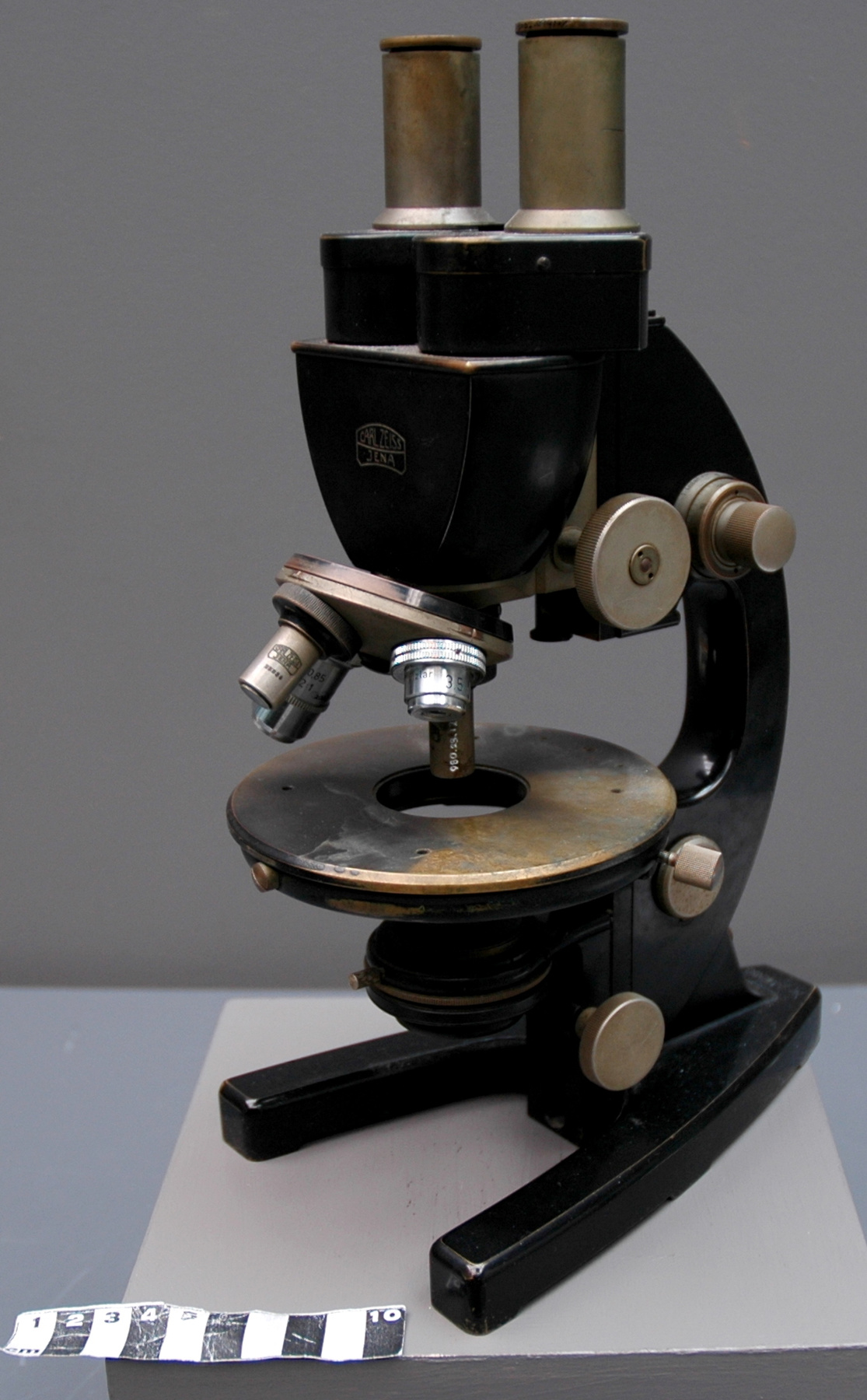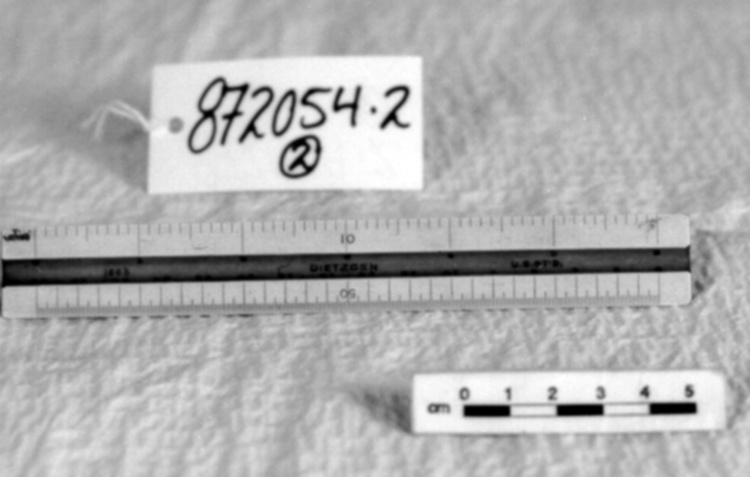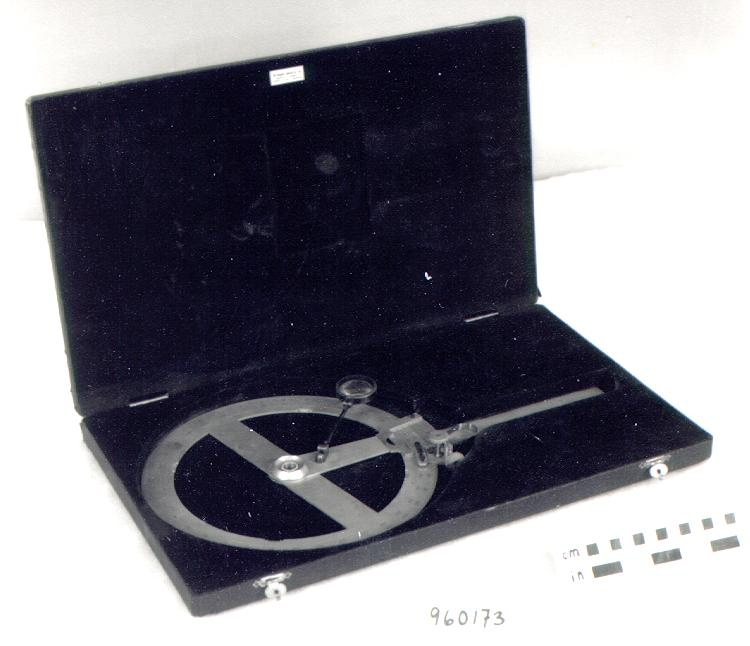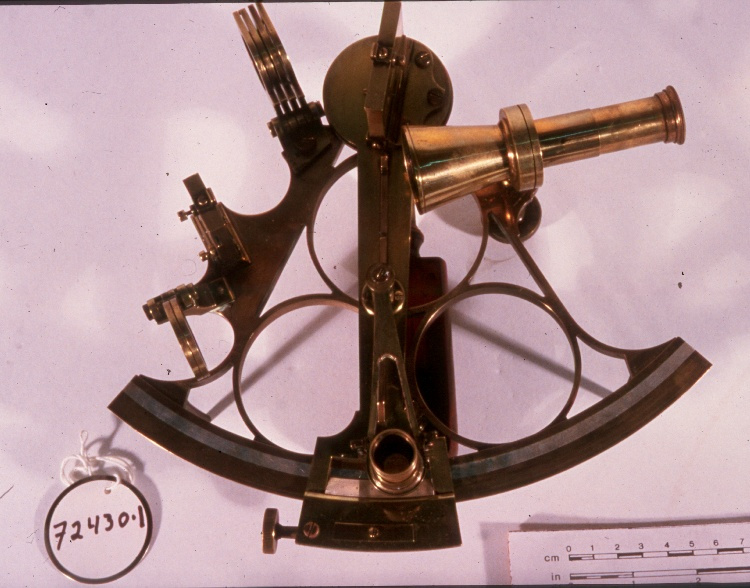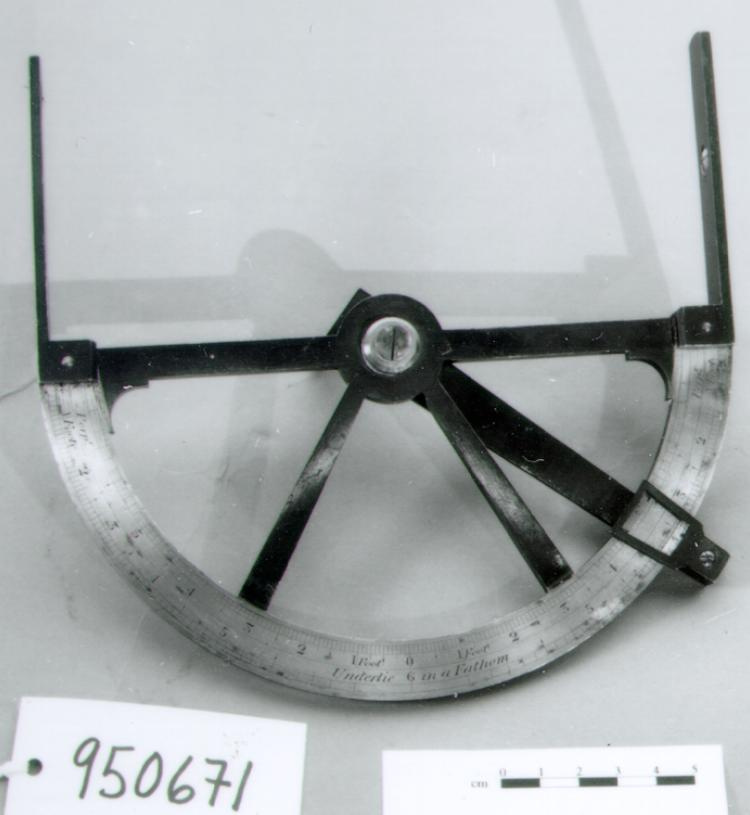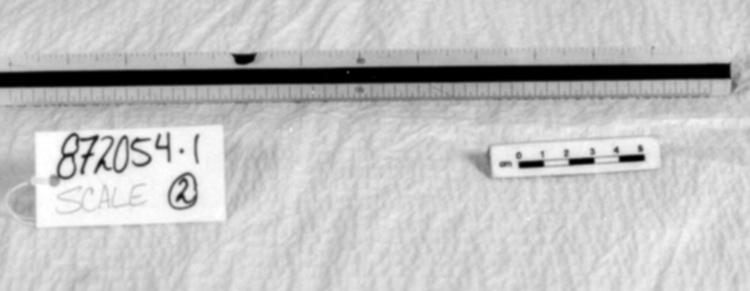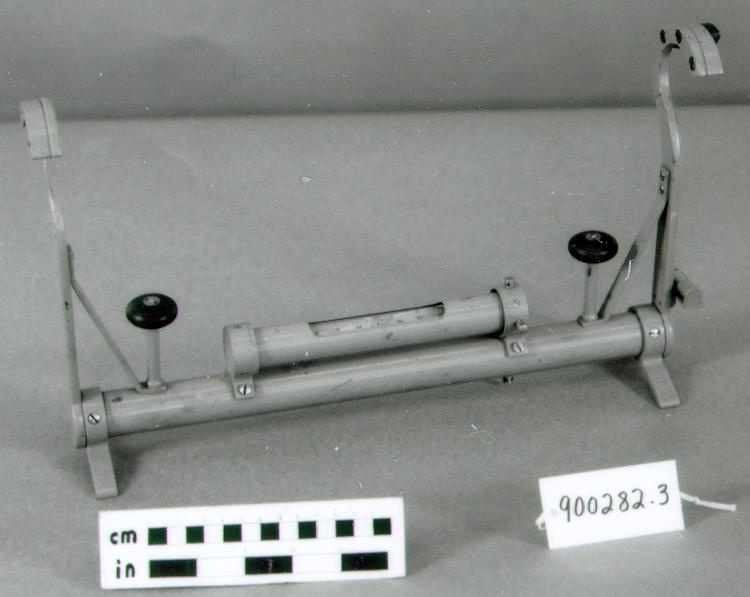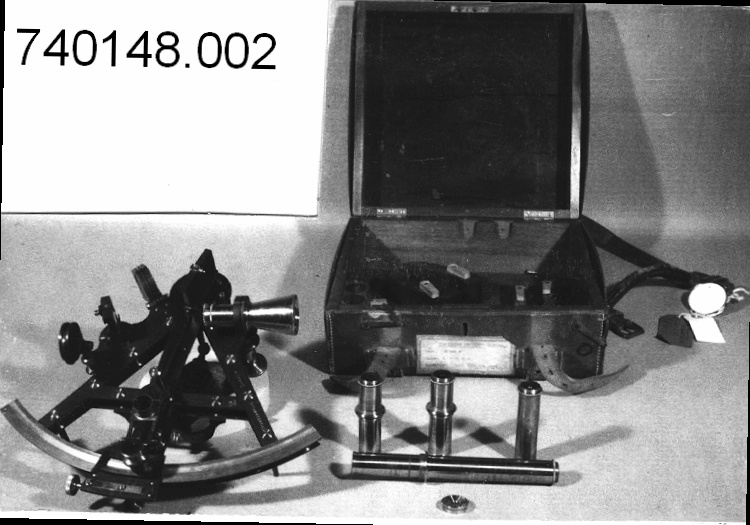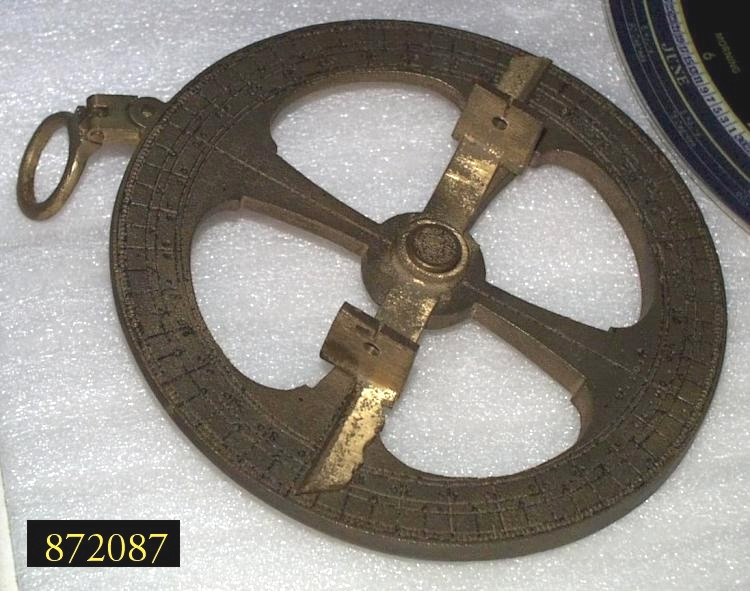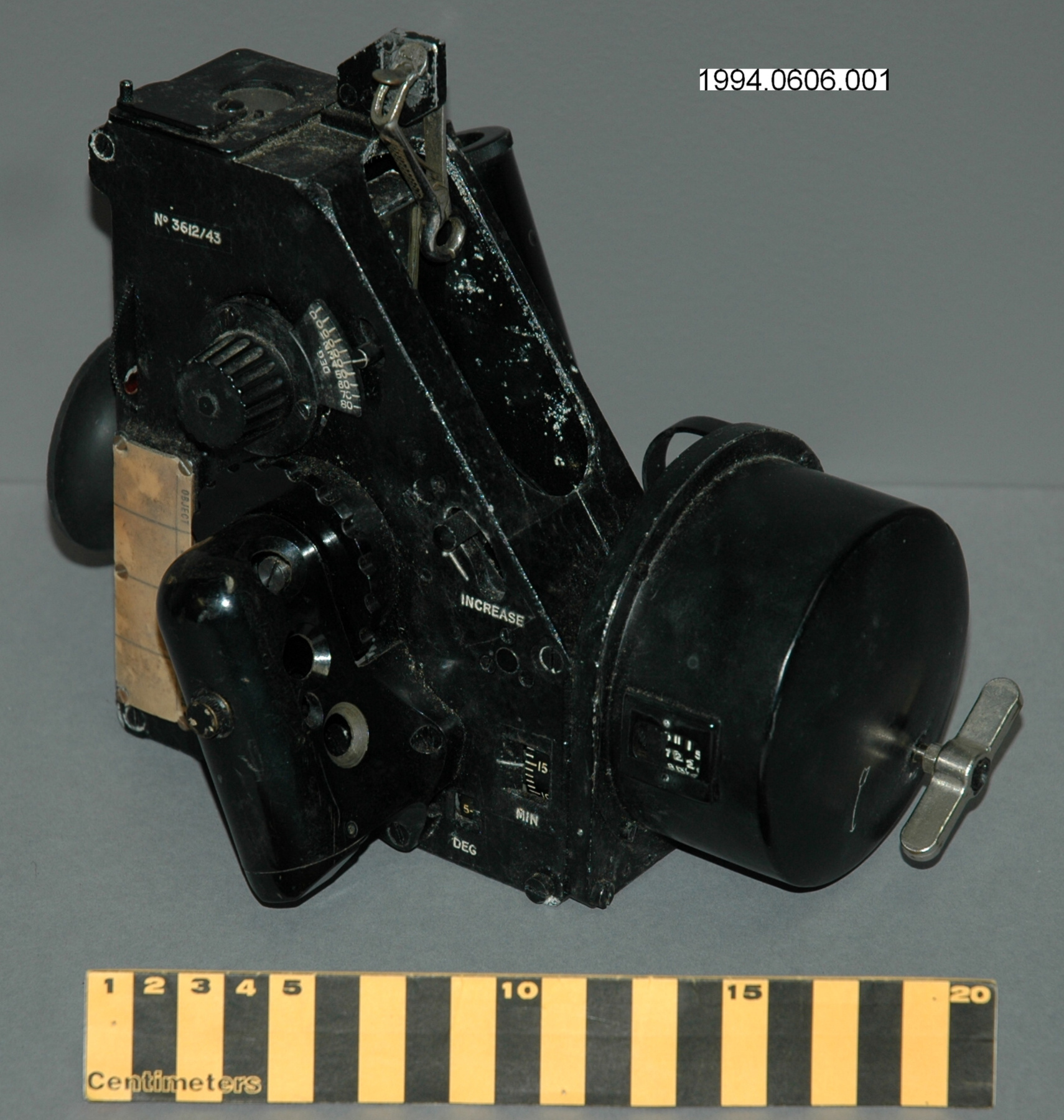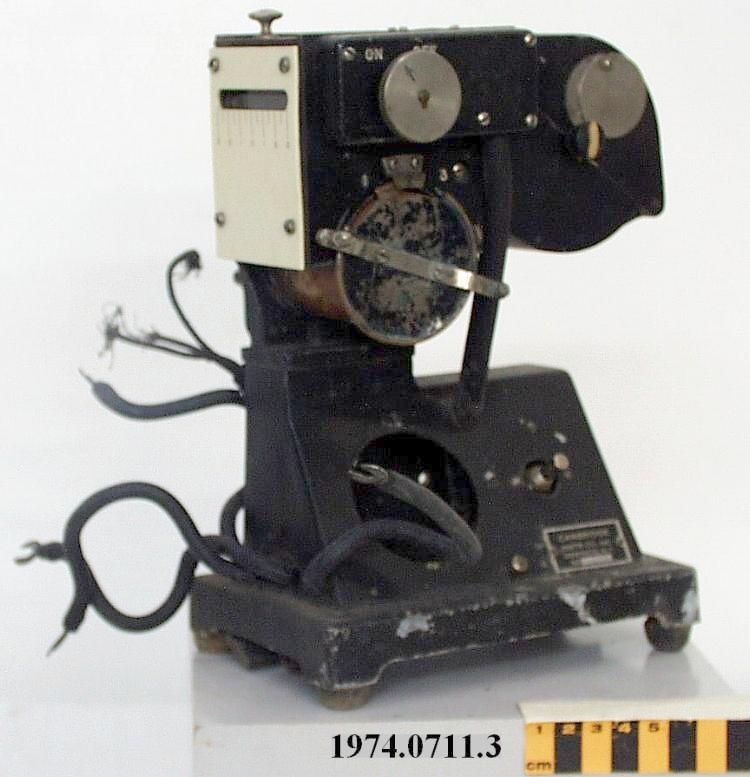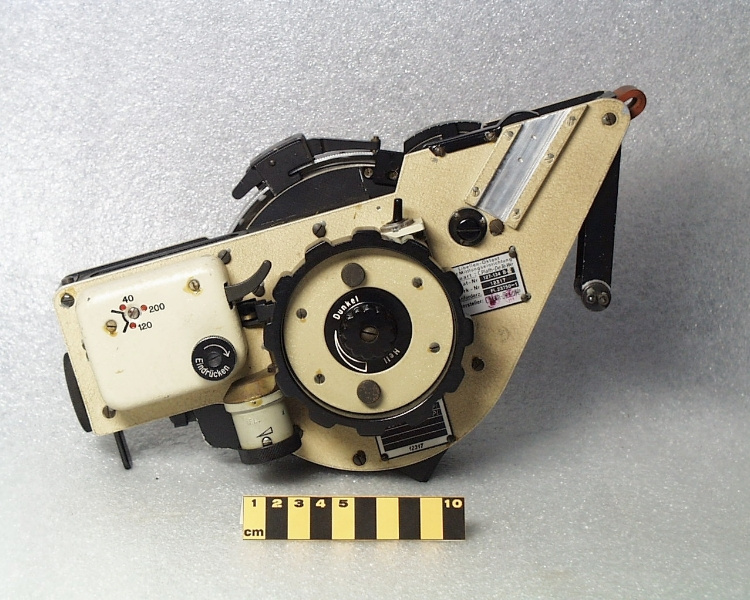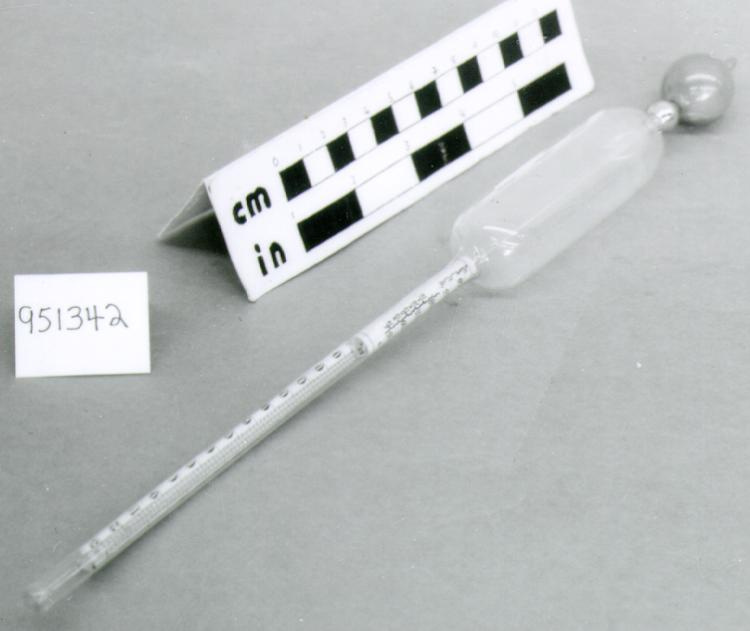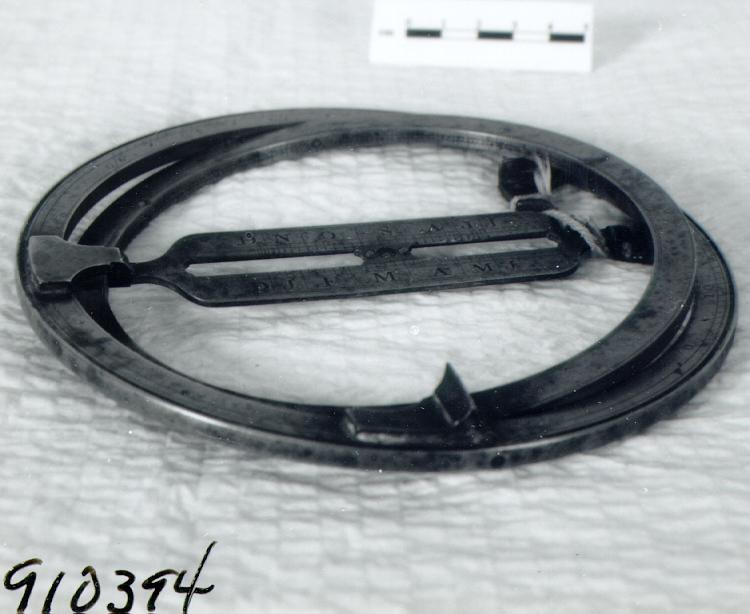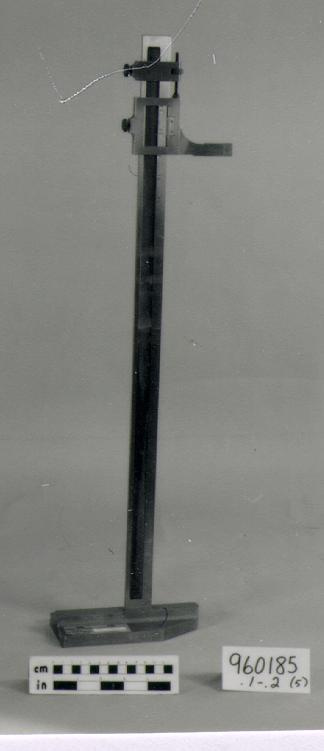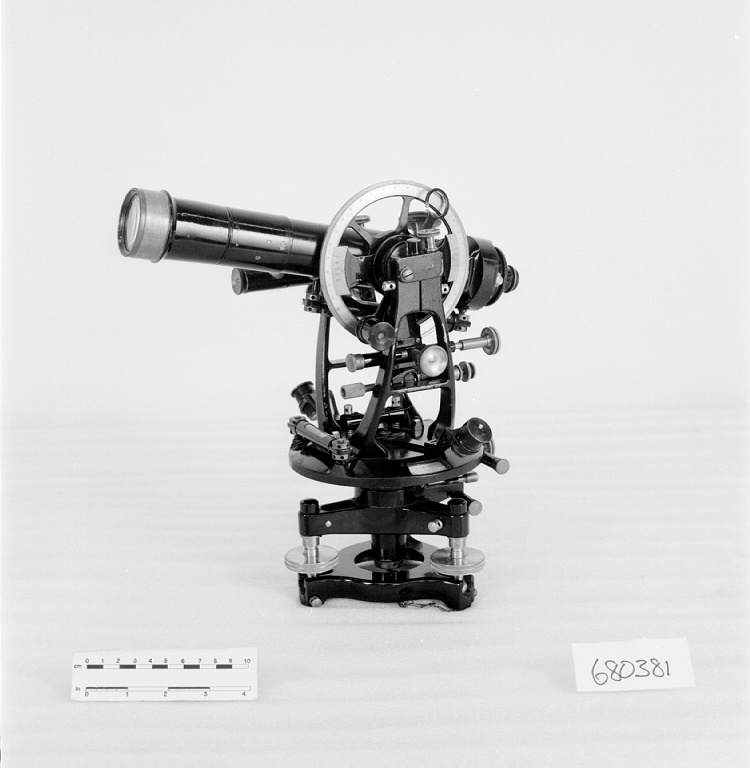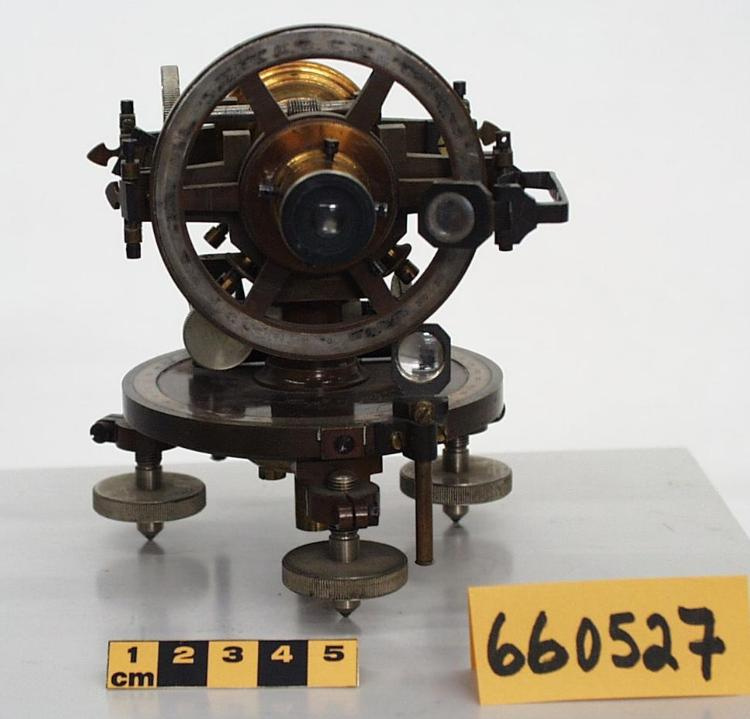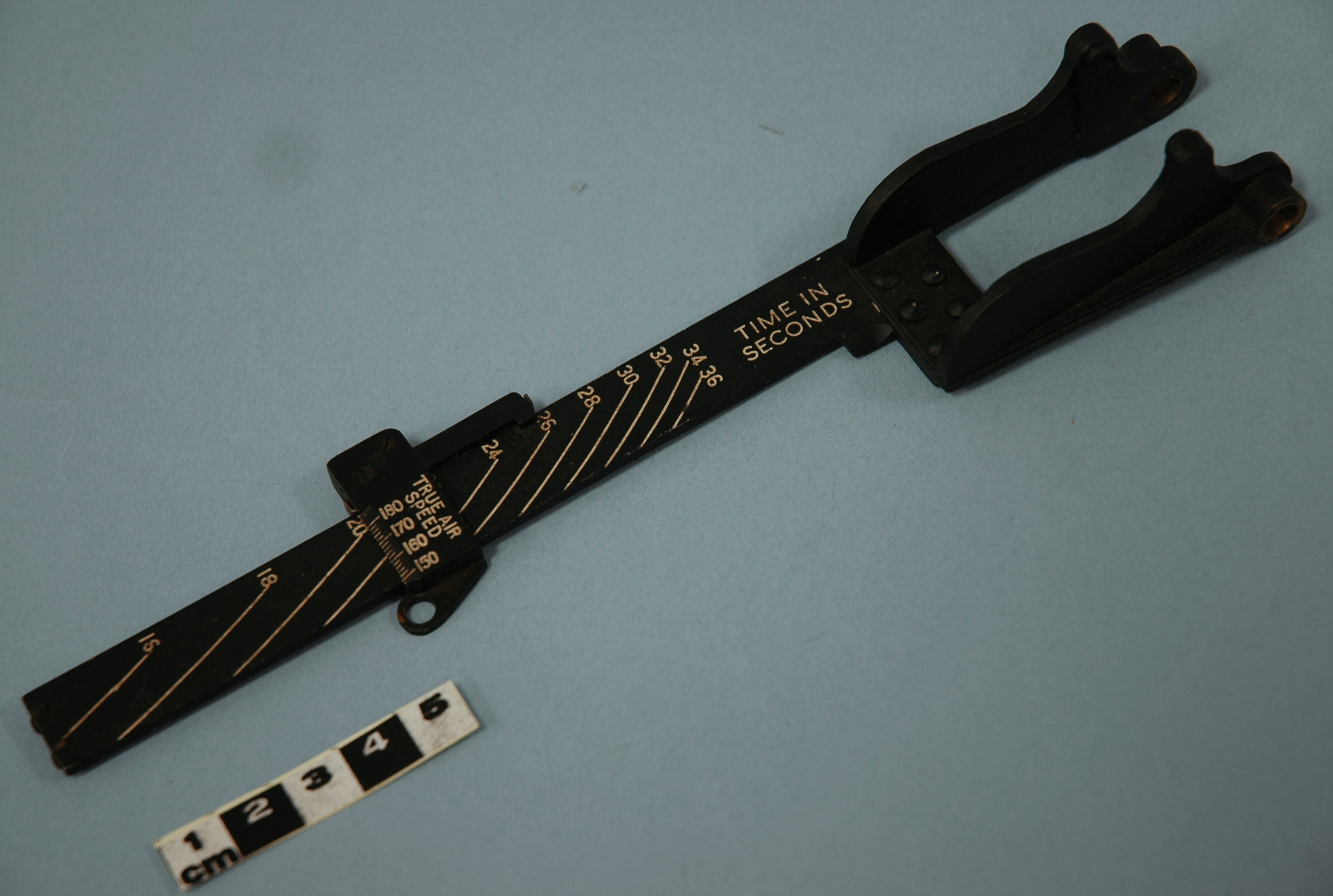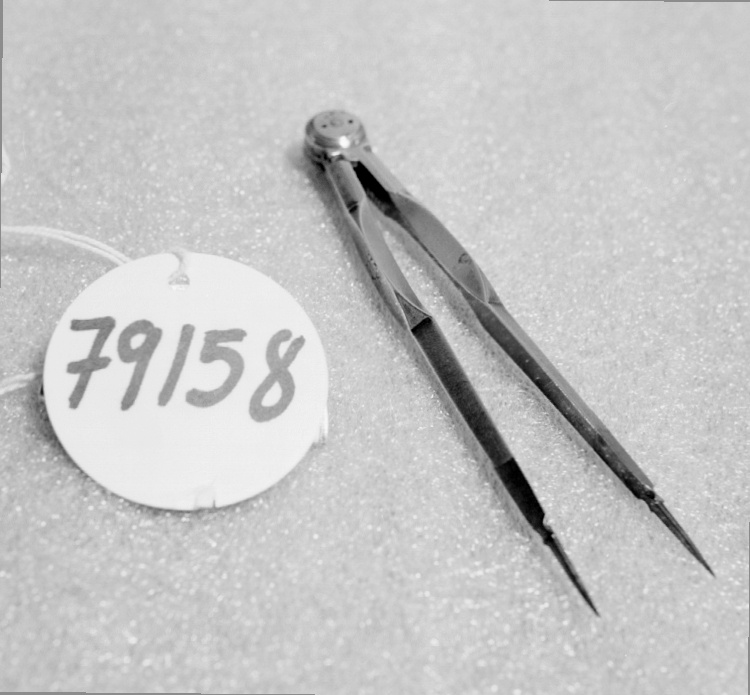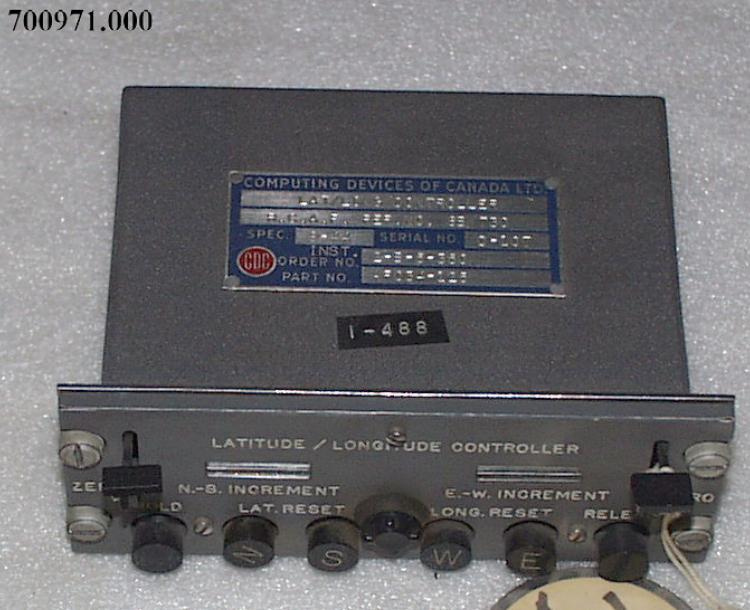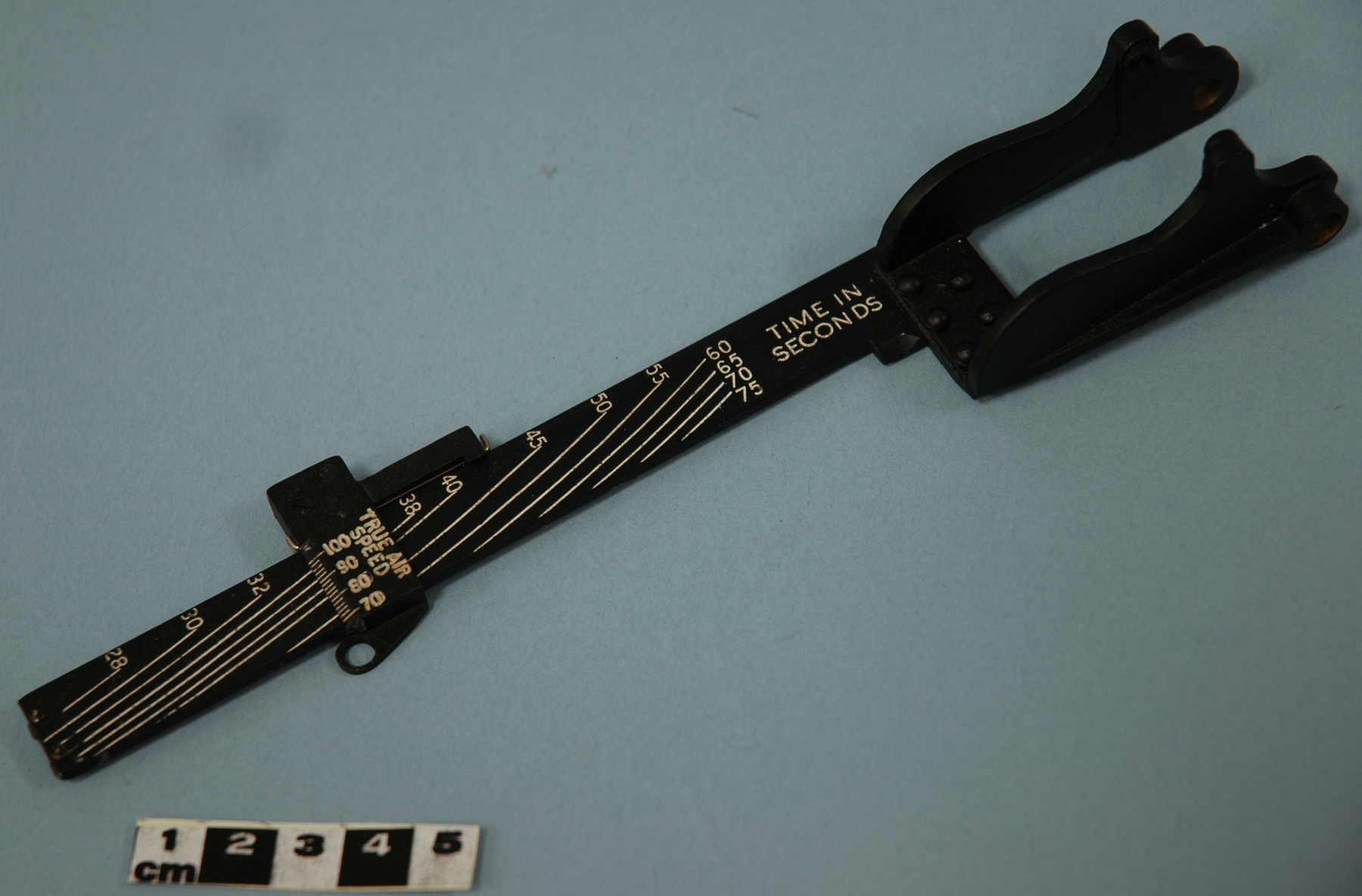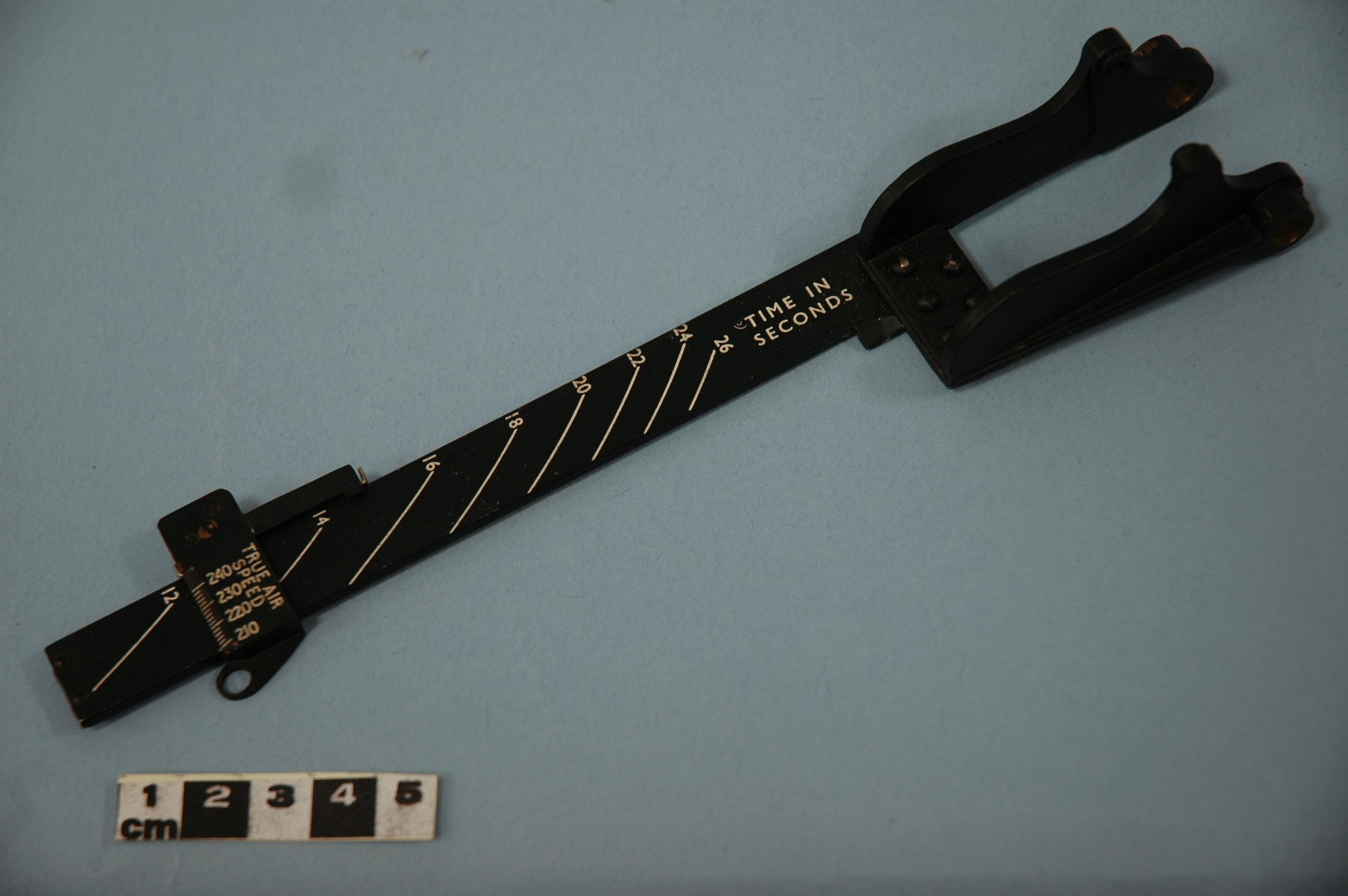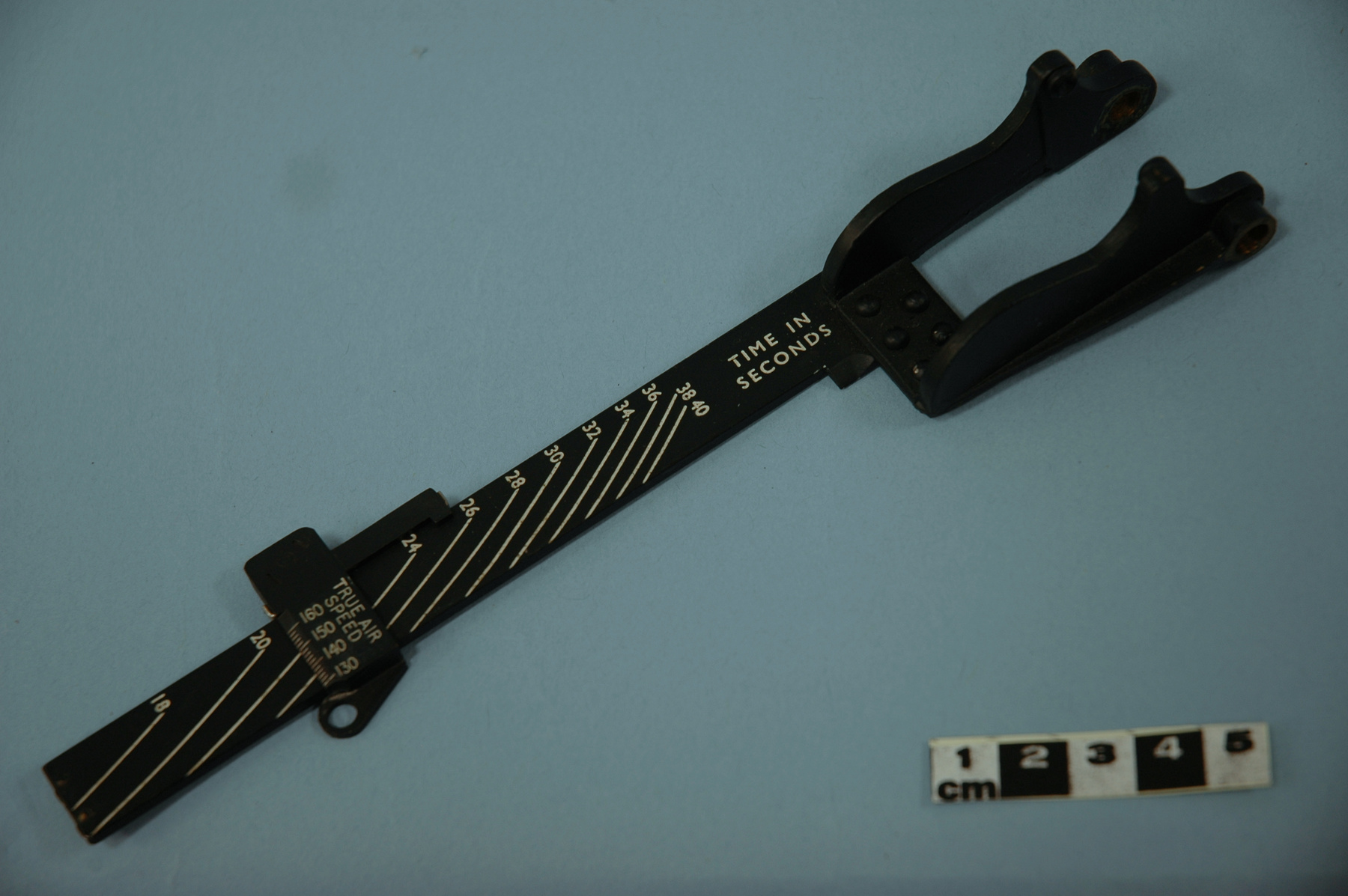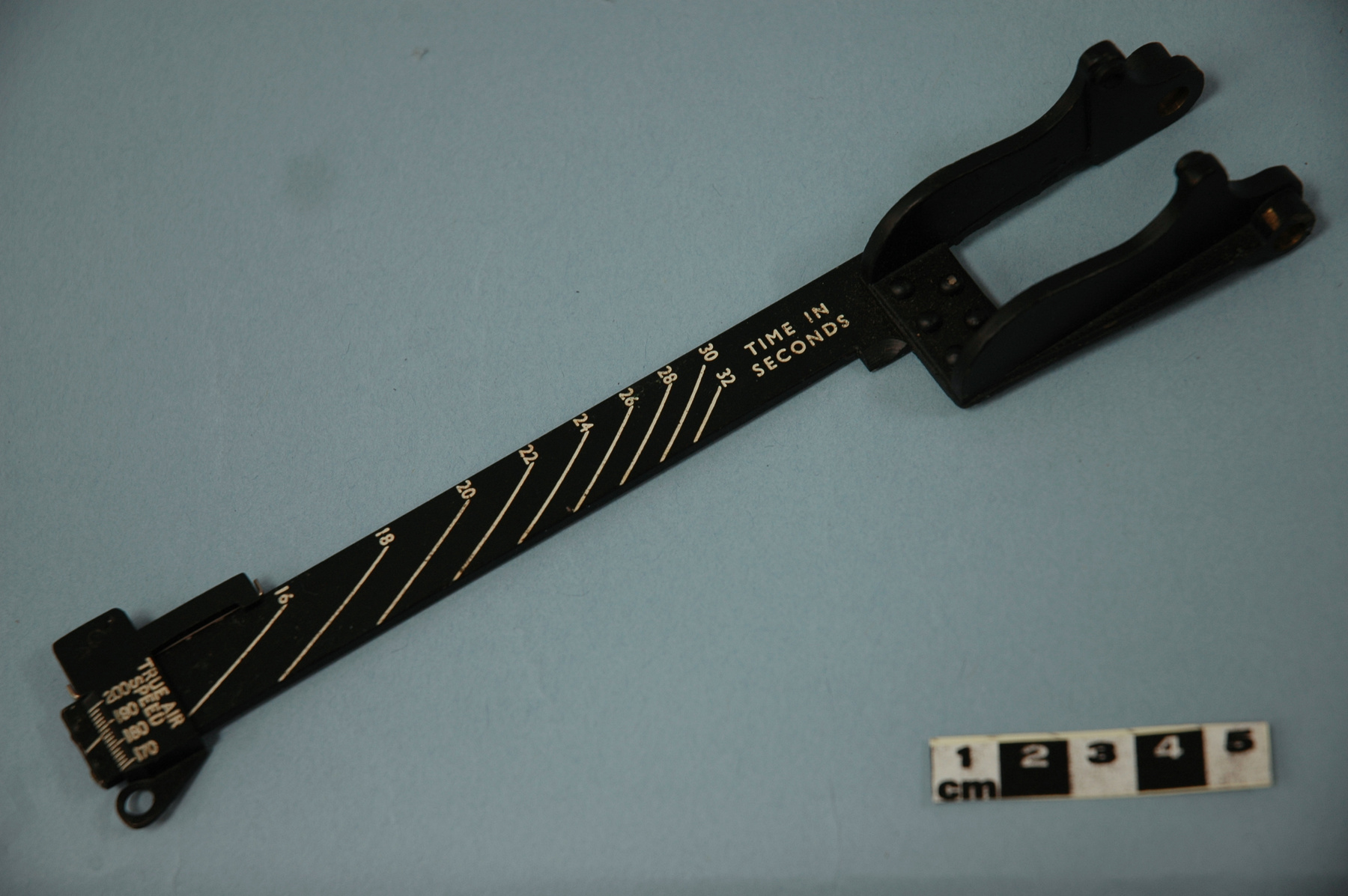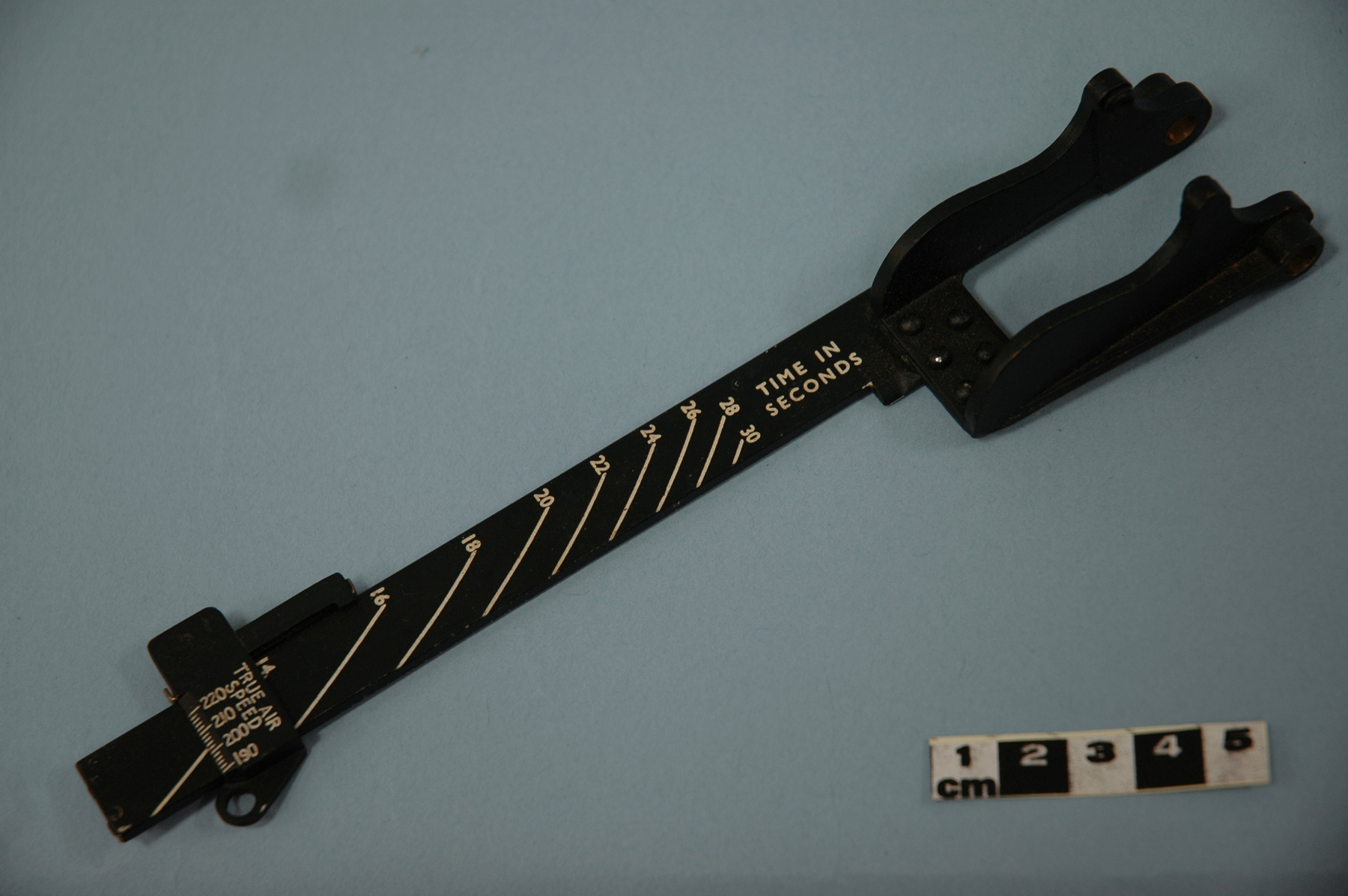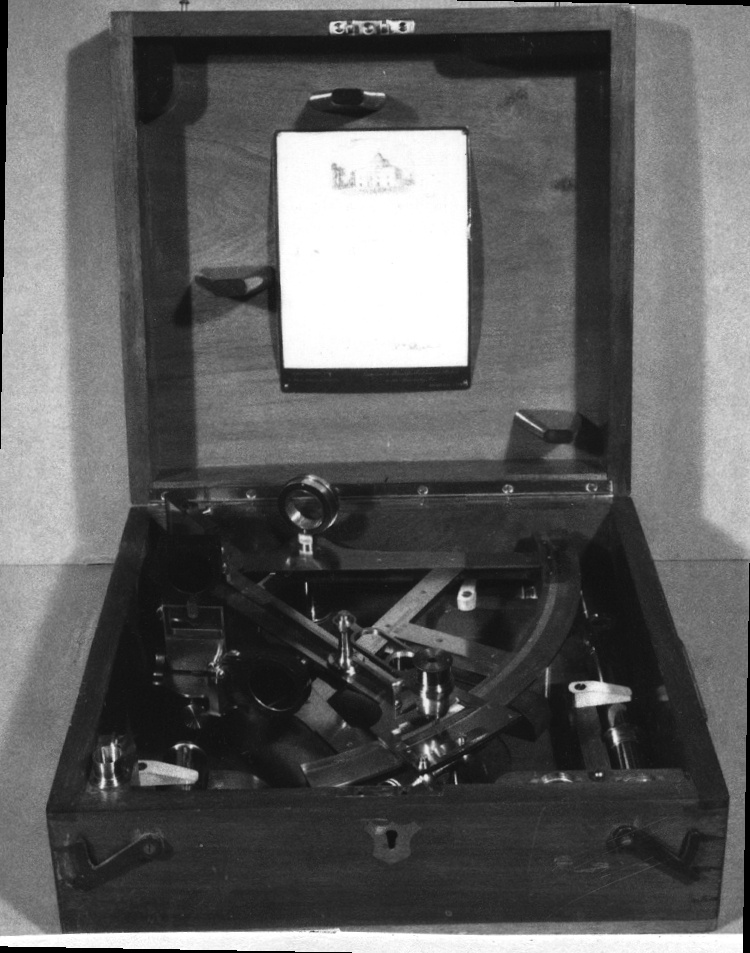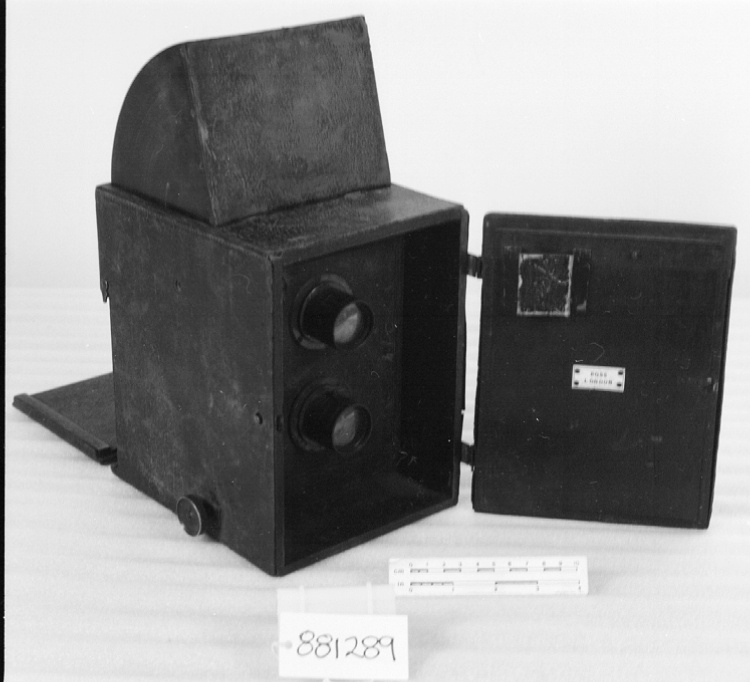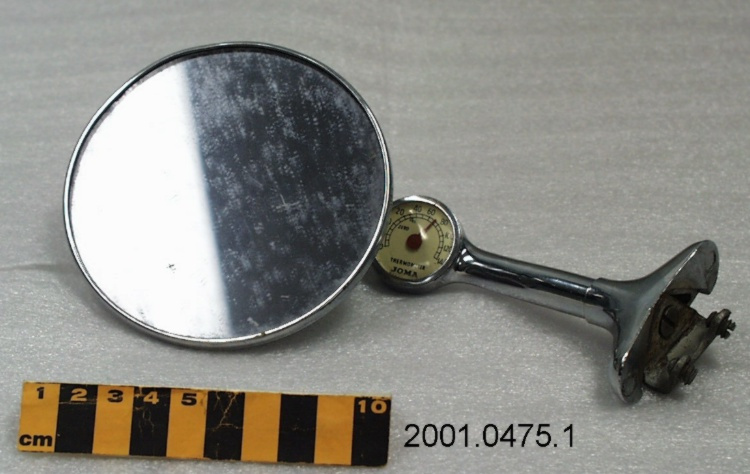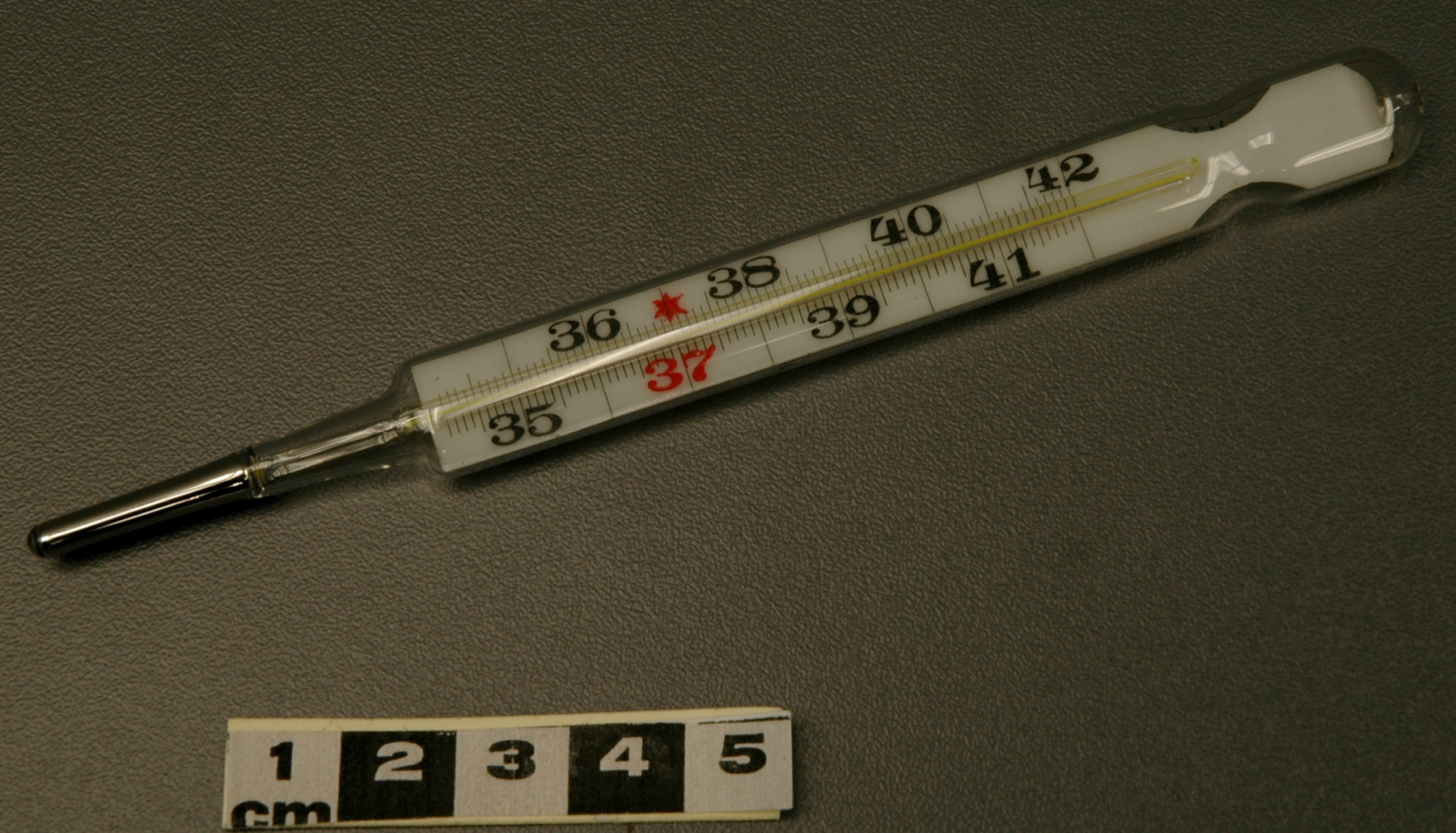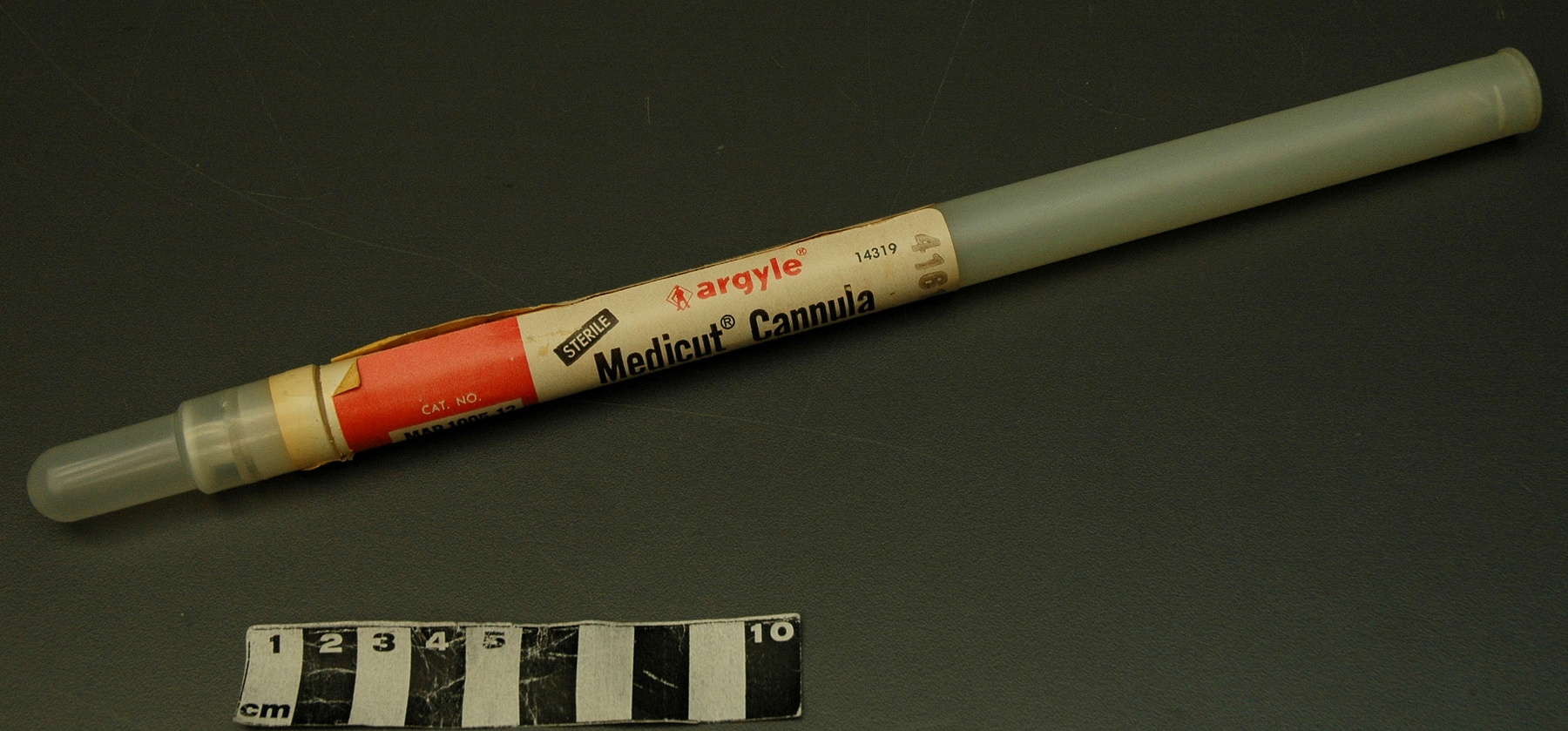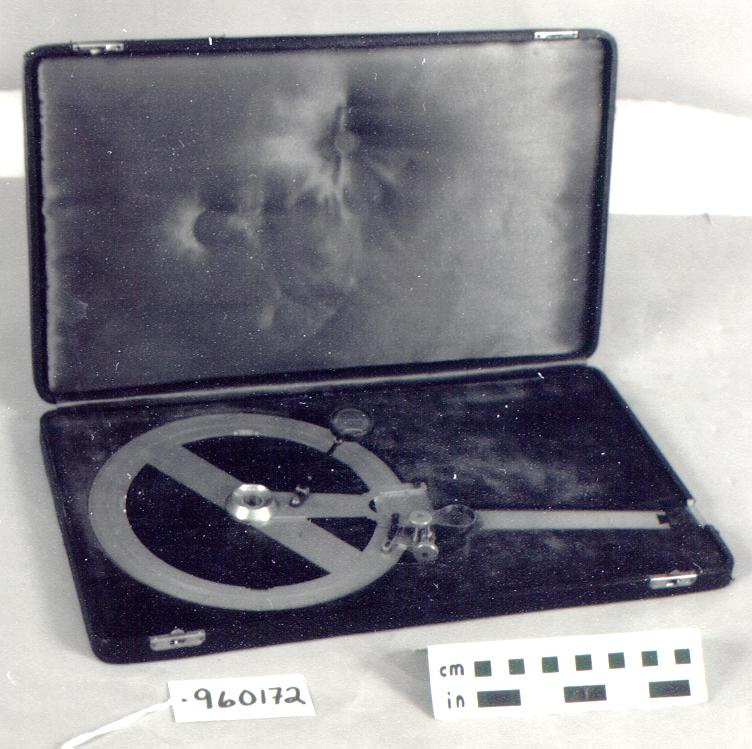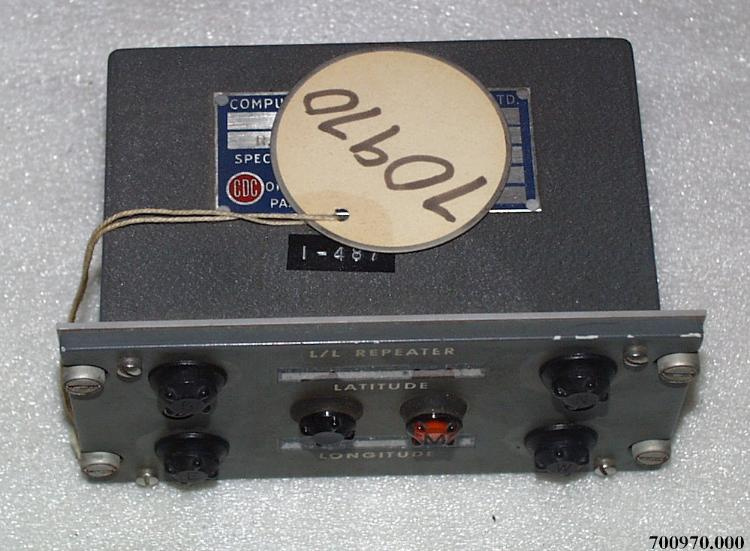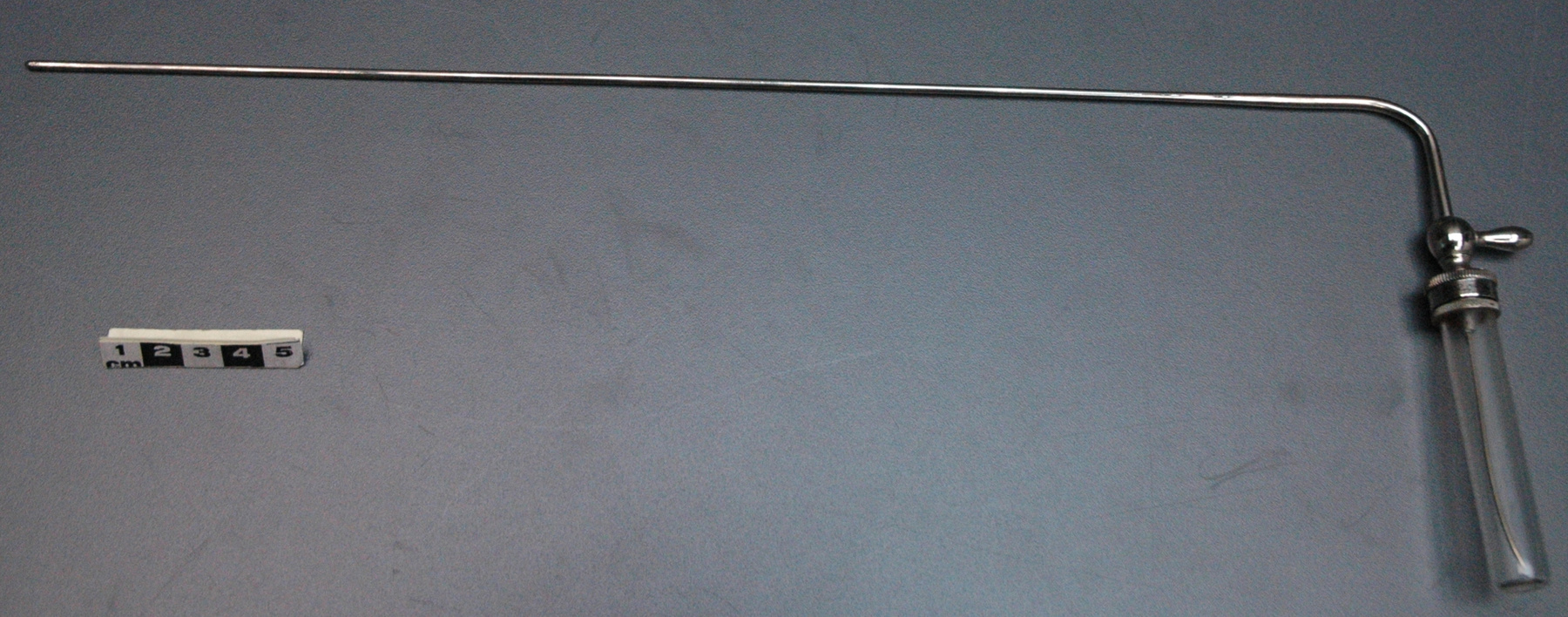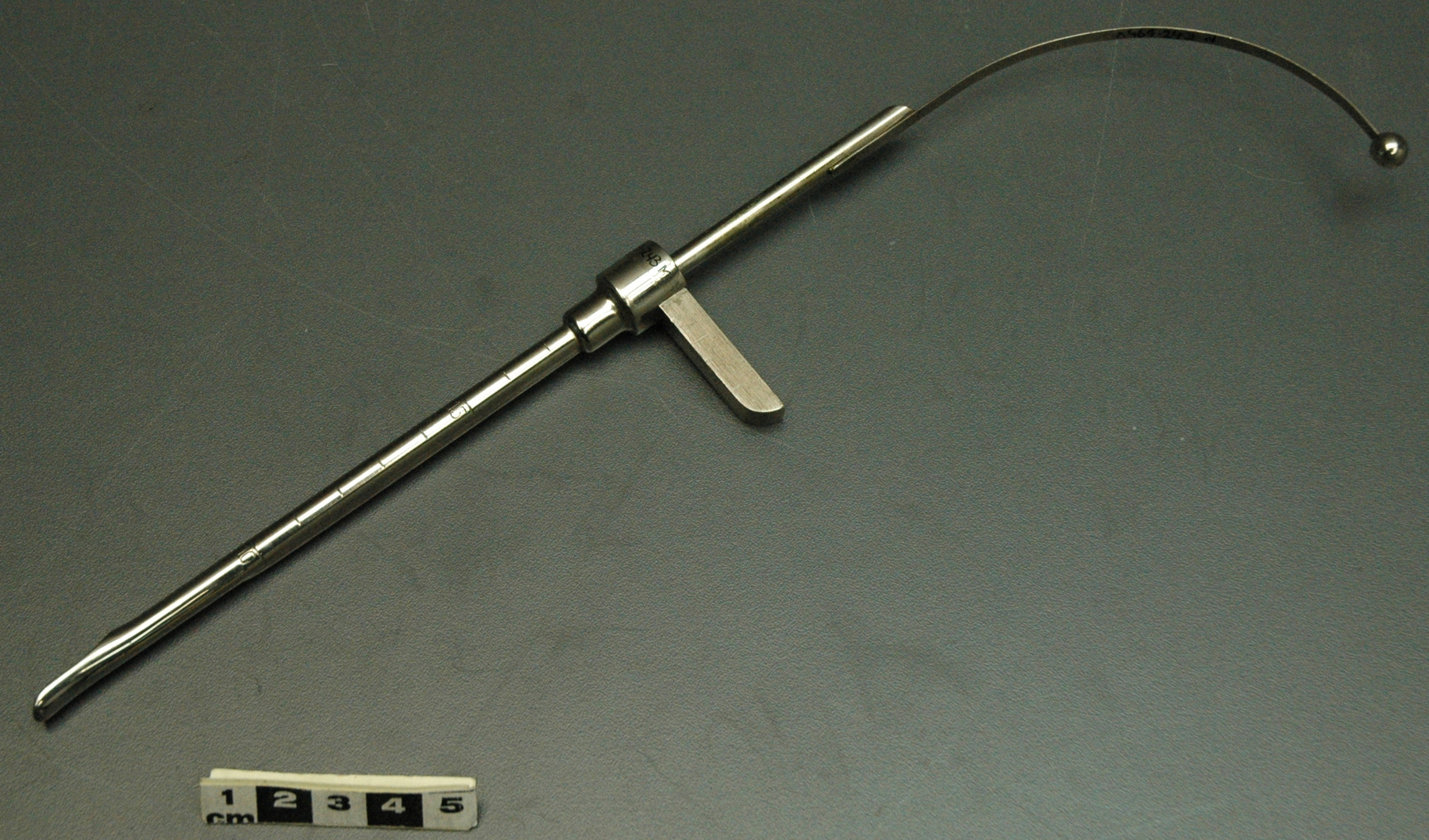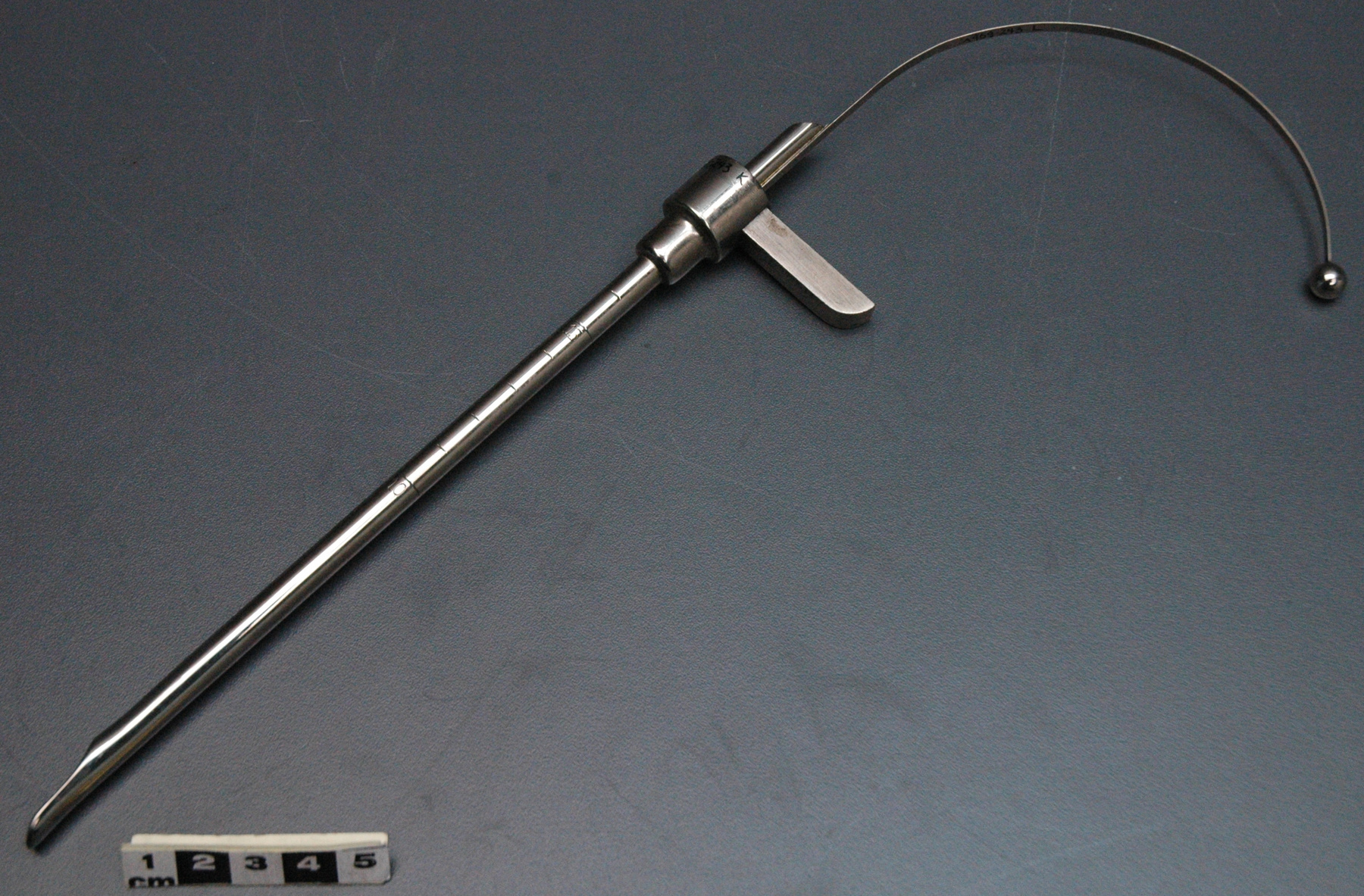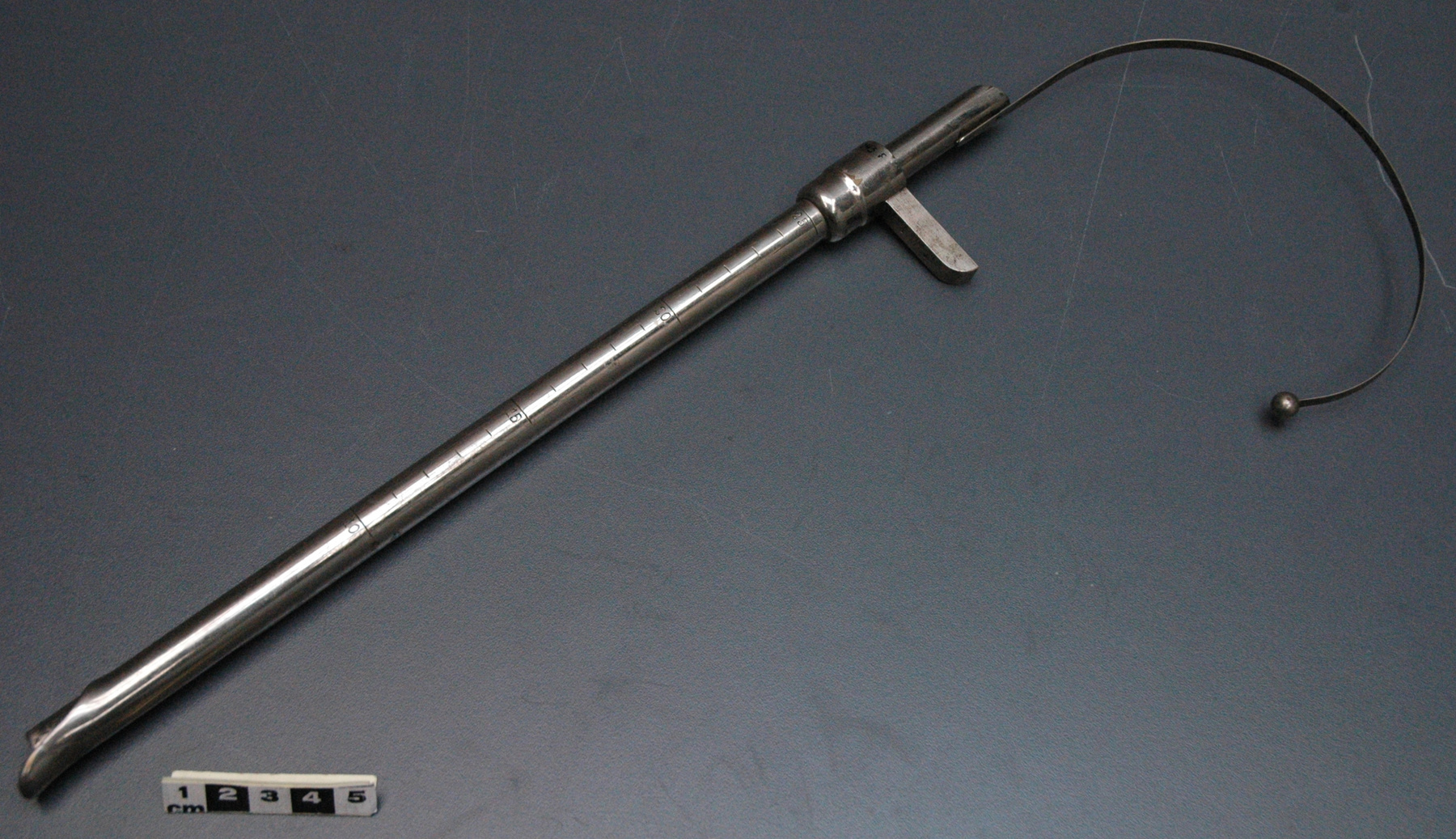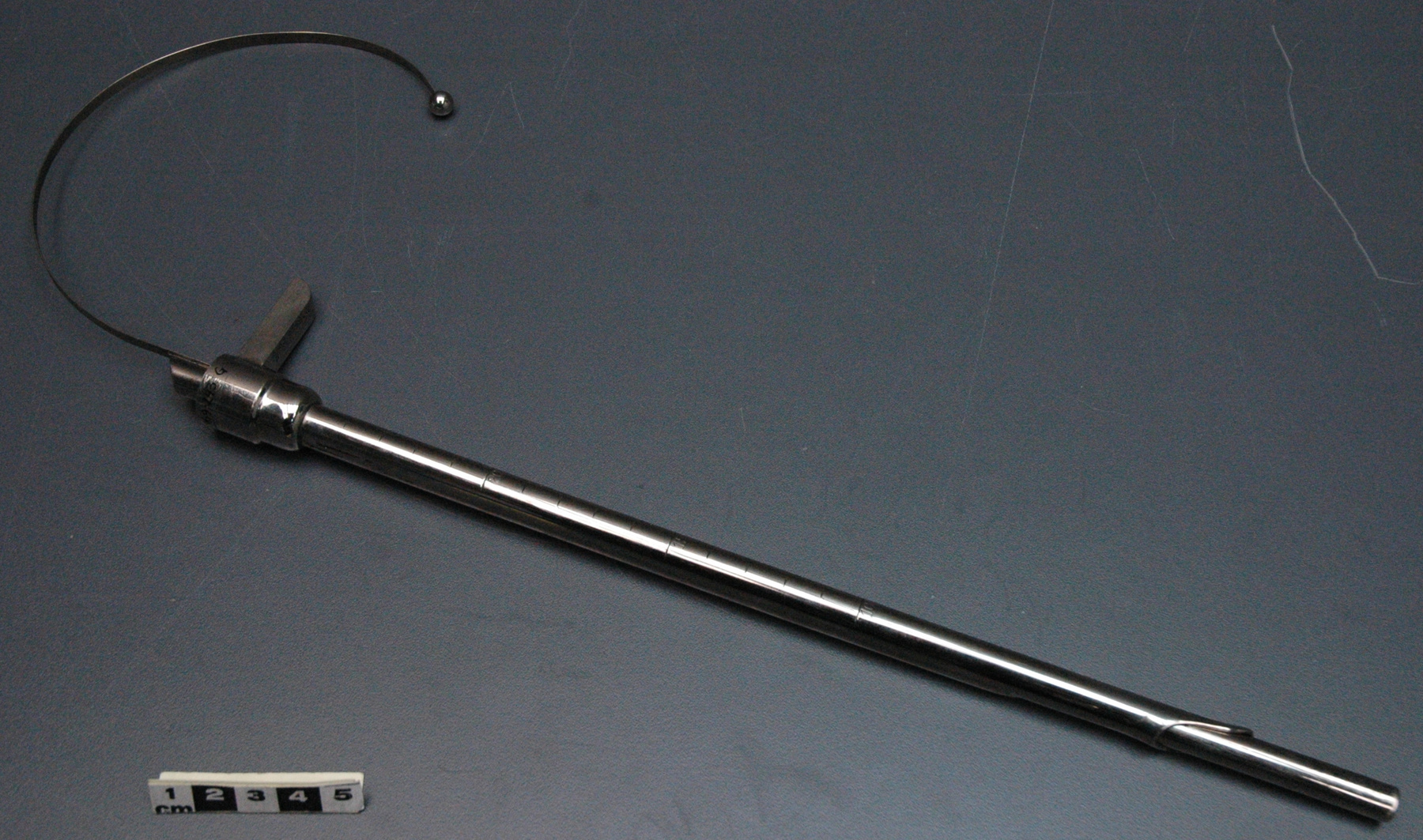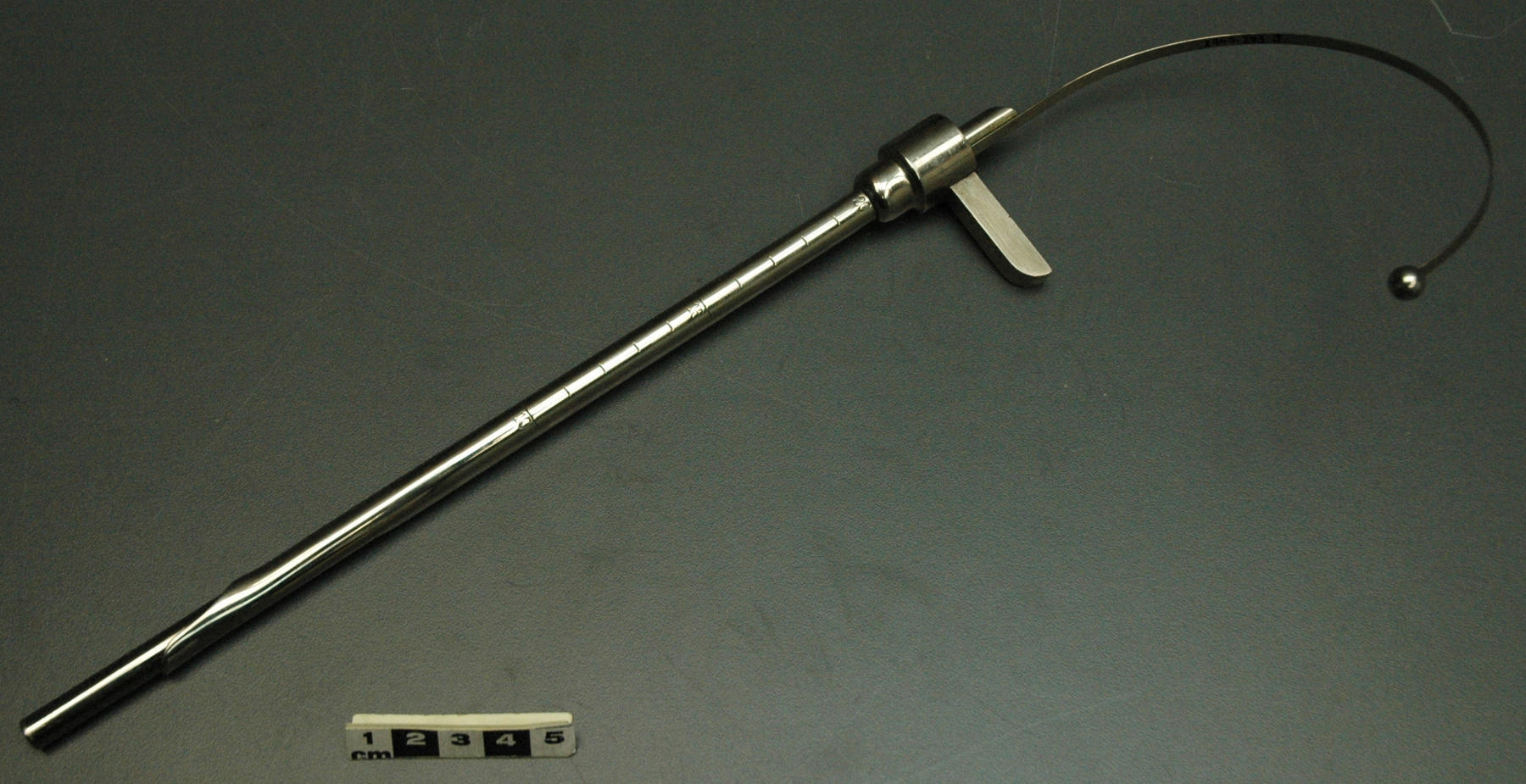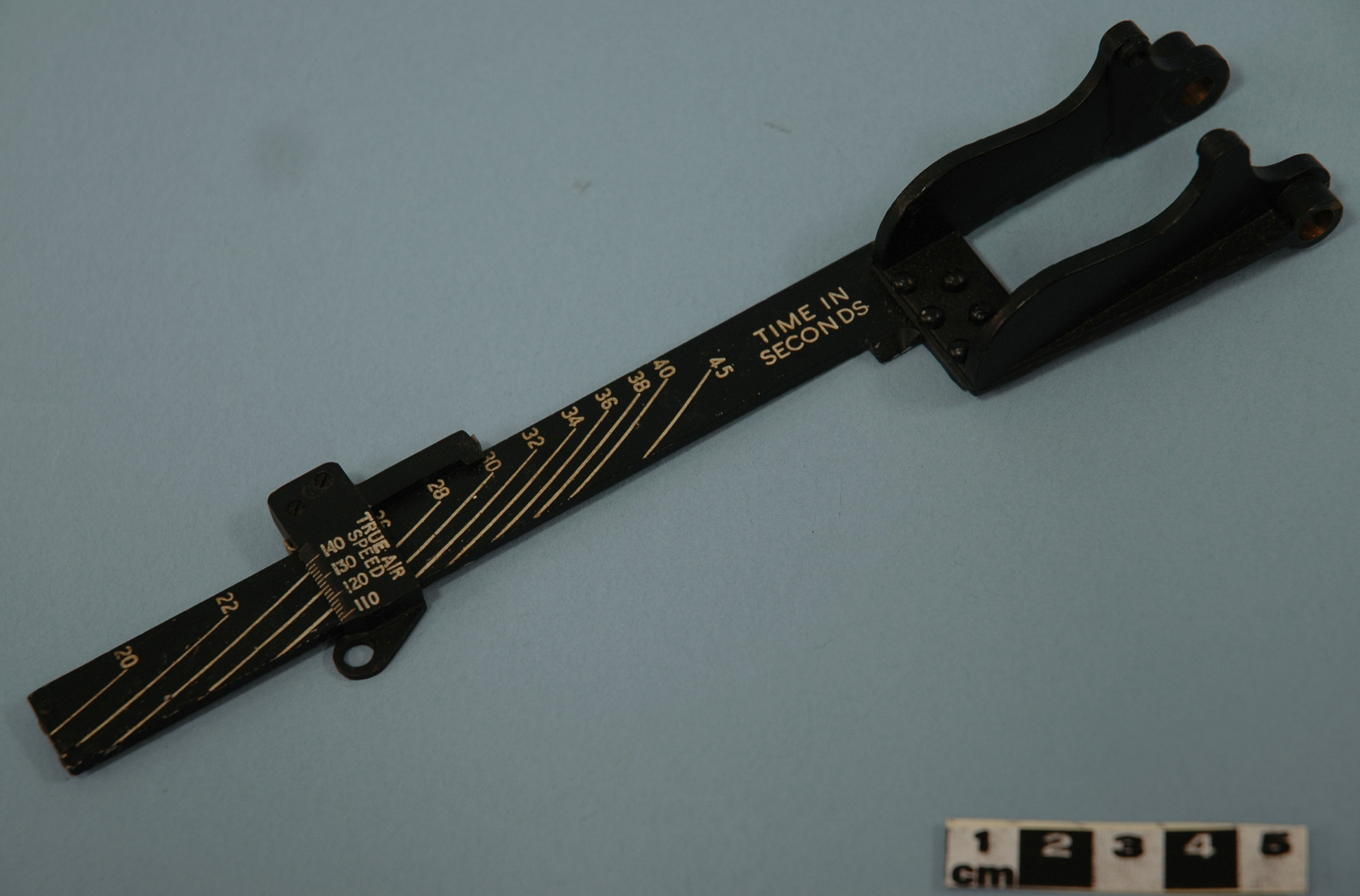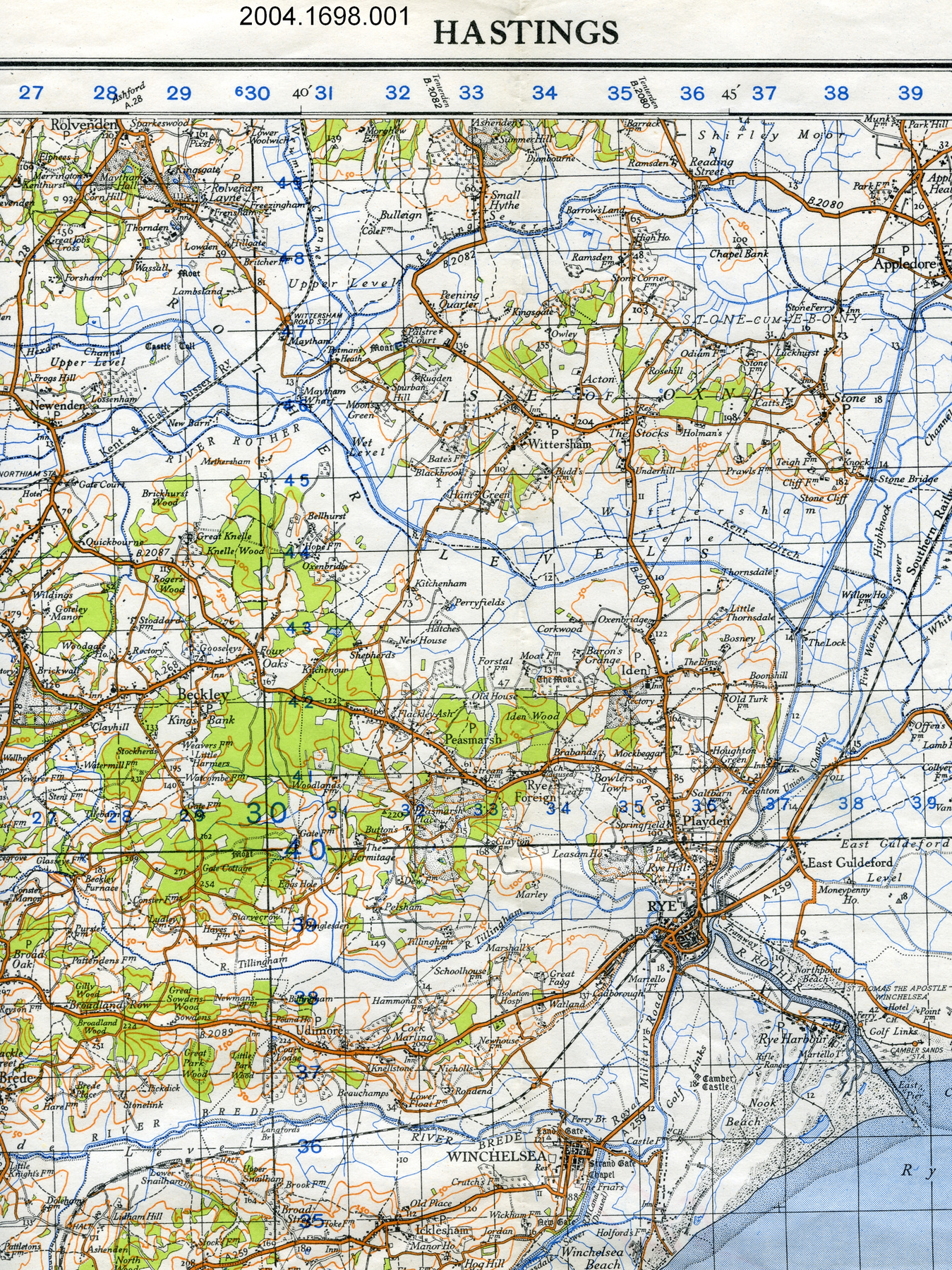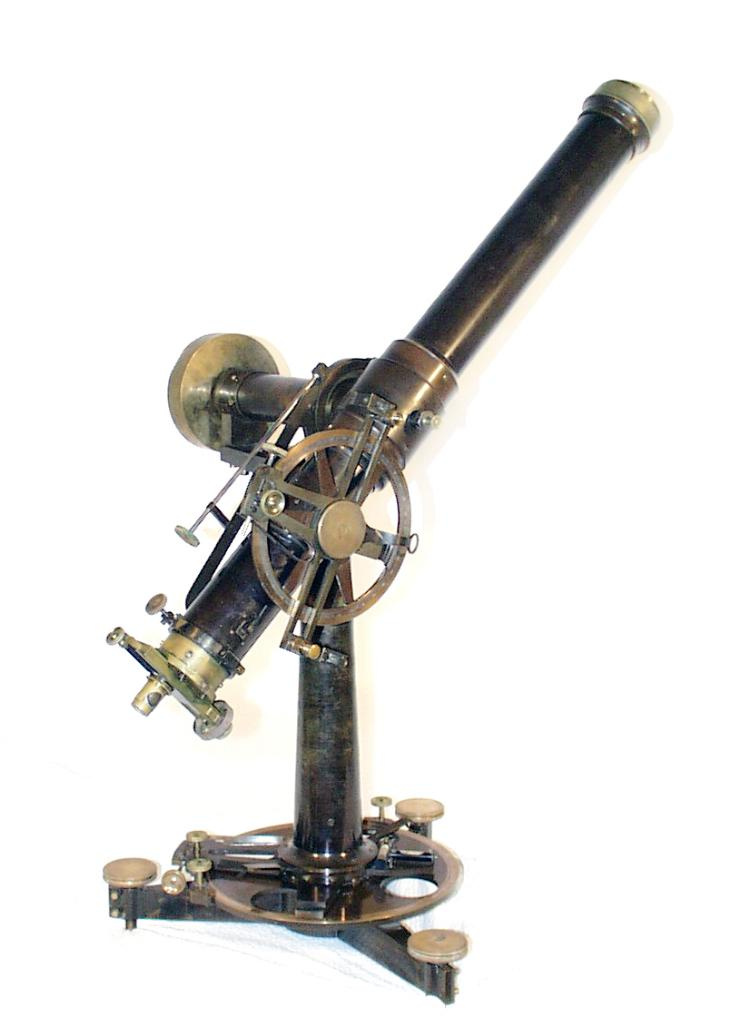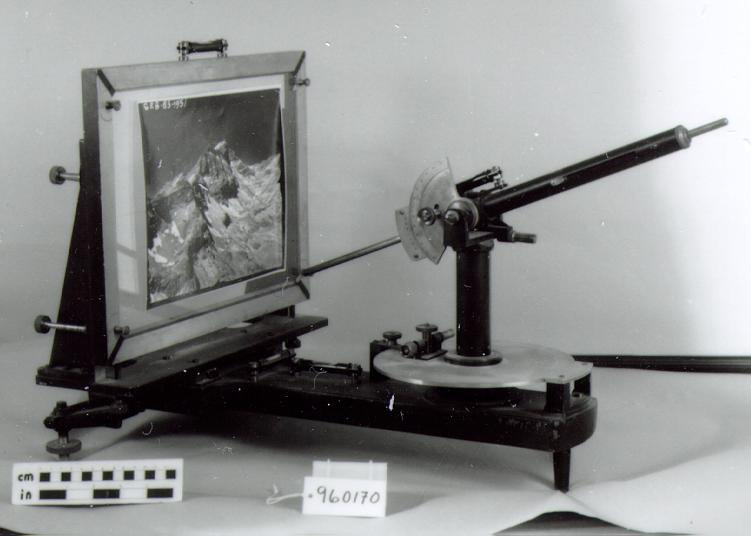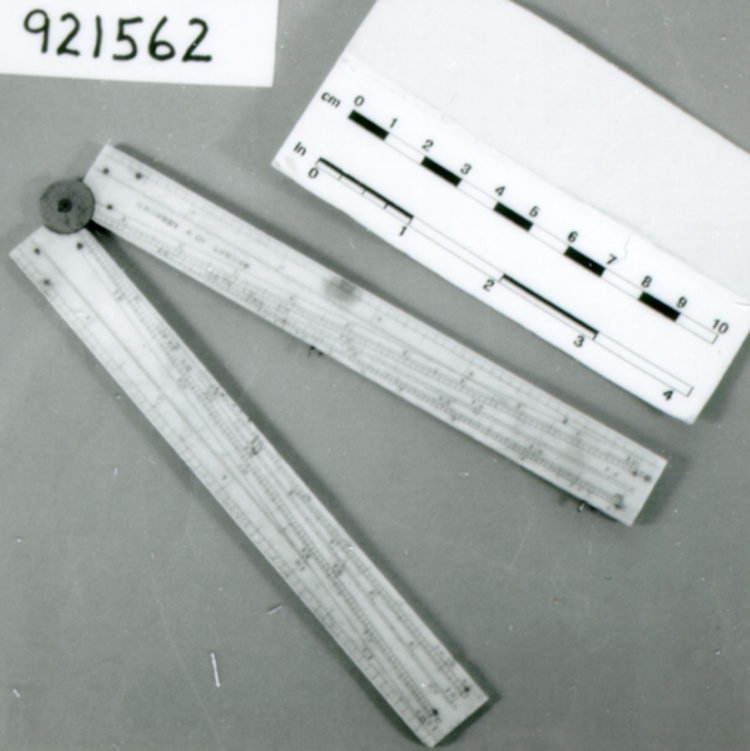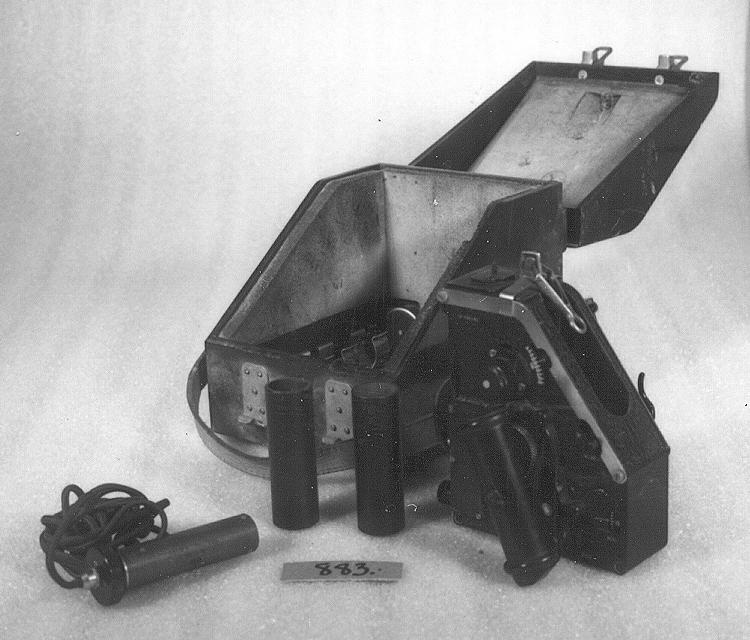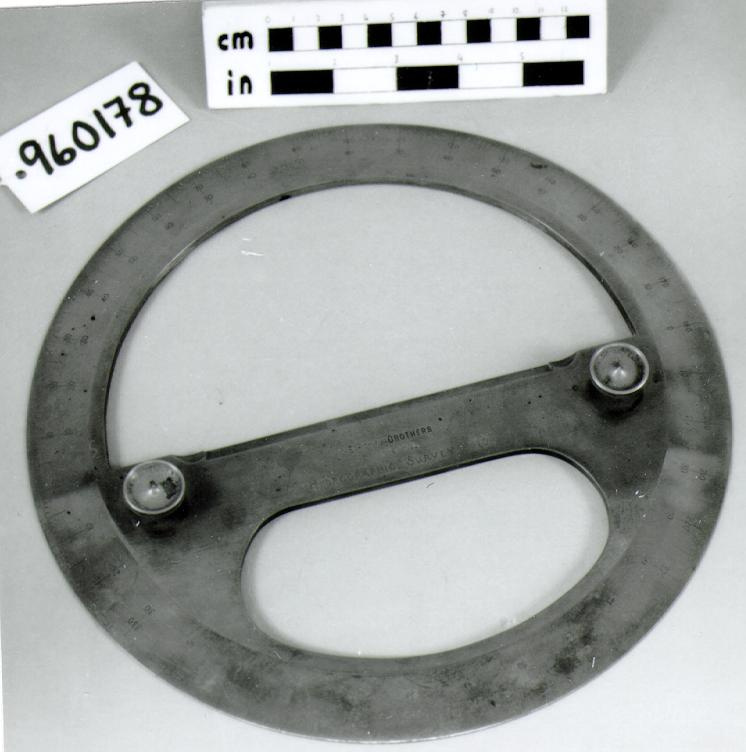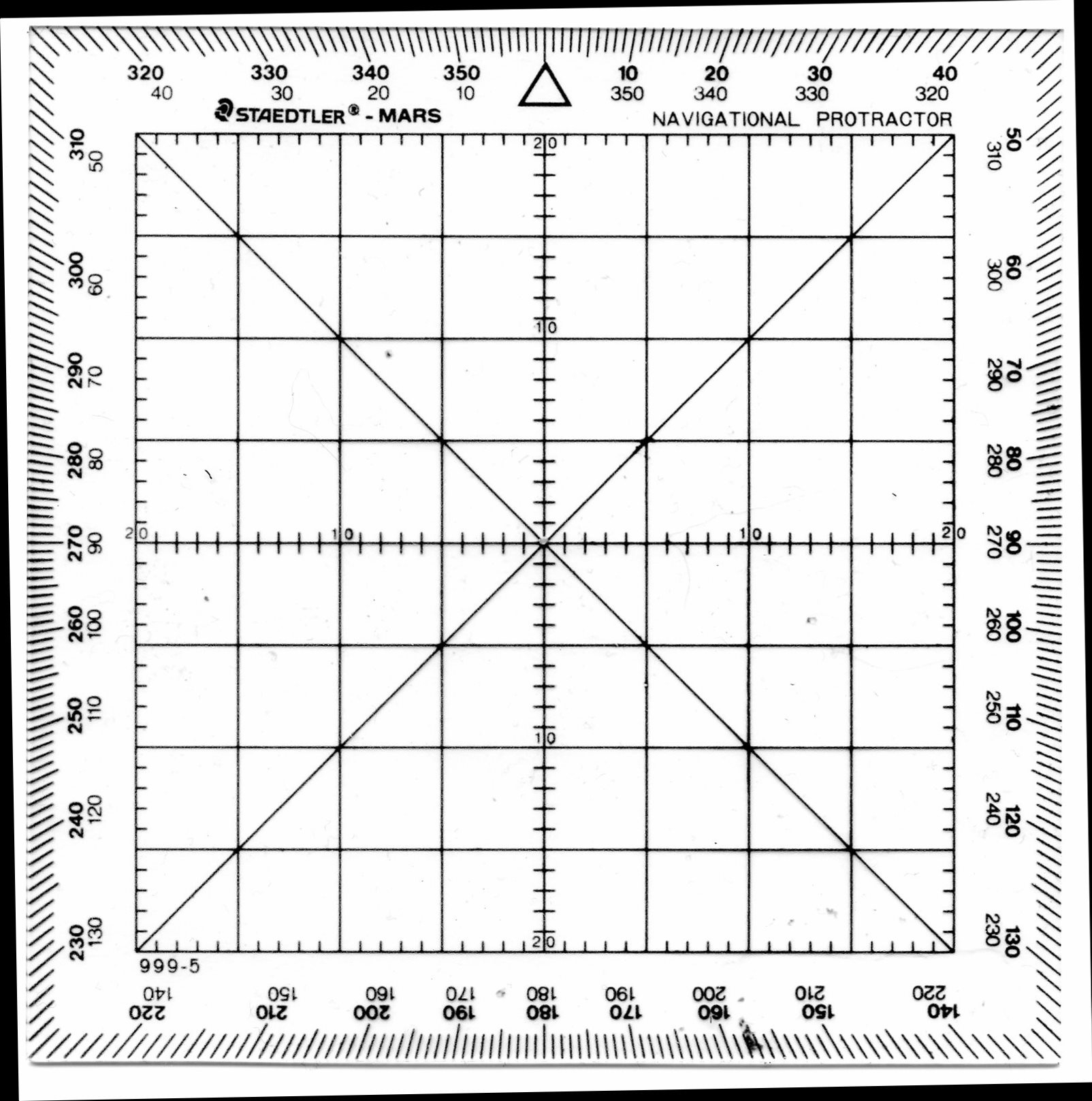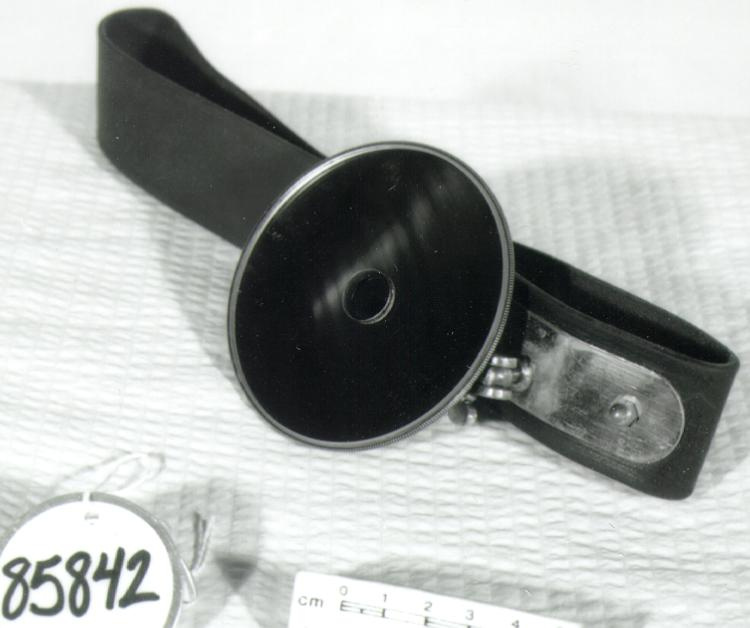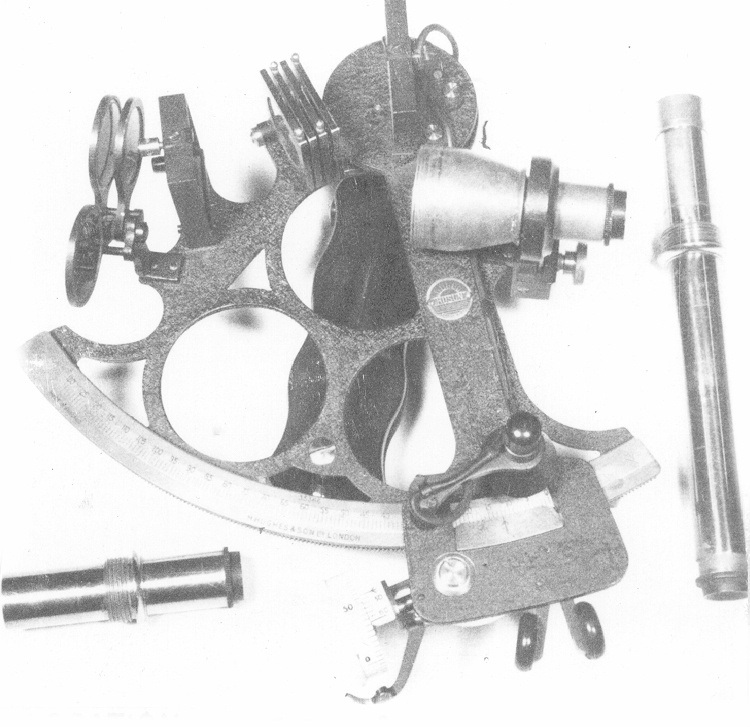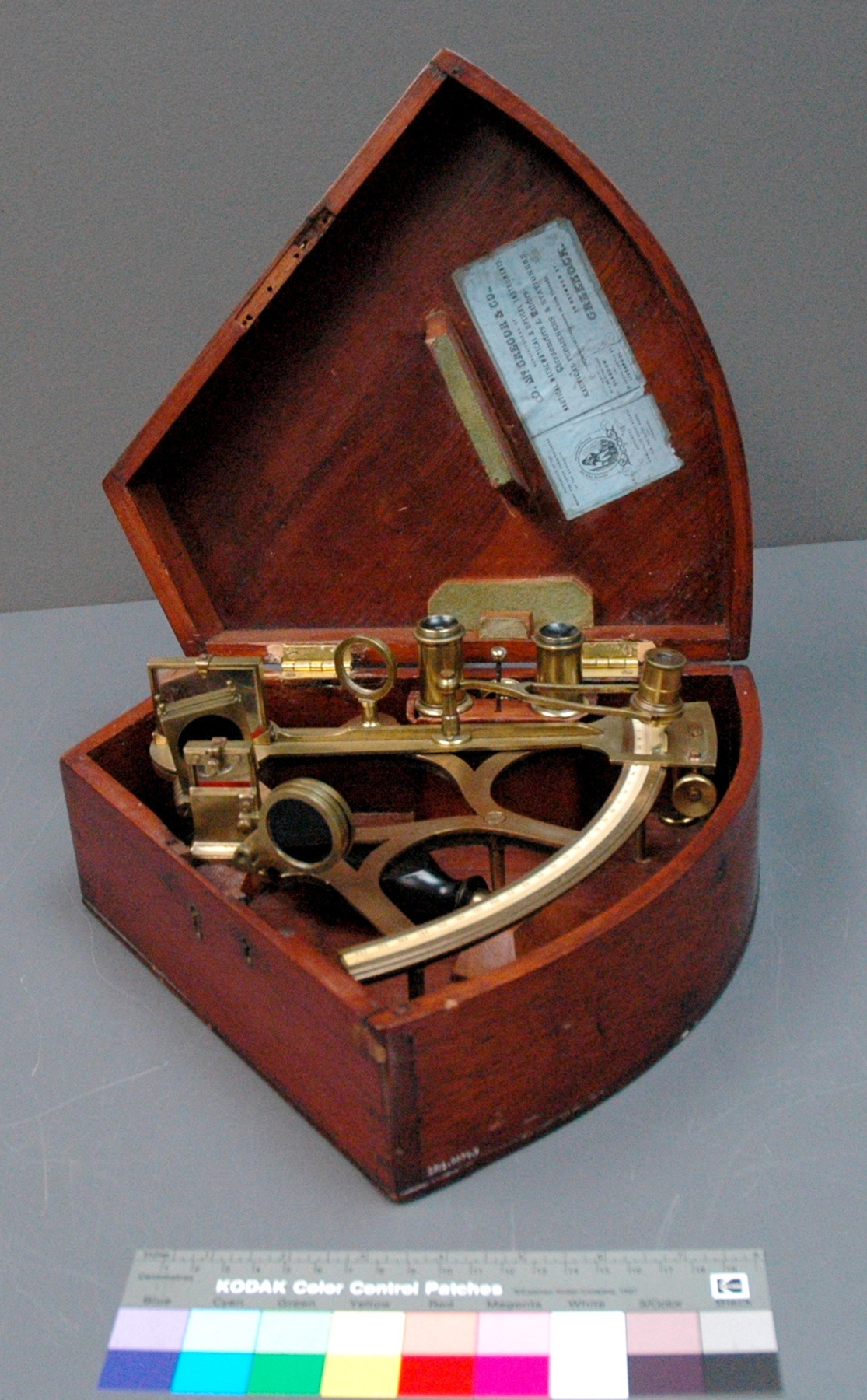Sextant
Use this image
Can I reuse this image without permission? Yes
Object images on the Ingenium Collection’s portal have the following Creative Commons license:
Copyright Ingenium / CC BY-NC-ND (Attribution-NonCommercial 4.0 International (CC BY-NC 4.0)
ATTRIBUTE THIS IMAGE
Ingenium,
2012.0004.001
Permalink:
Ingenium is releasing this image under the Creative Commons licensing framework, and encourages downloading and reuse for non-commercial purposes. Please acknowledge Ingenium and cite the artifact number.
DOWNLOAD IMAGEPURCHASE THIS IMAGE
This image is free for non-commercial use.
For commercial use, please consult our Reproduction Fees and contact us to purchase the image.
- OBJECT TYPE
- N/A
- DATE
- 1885
- ARTIFACT NUMBER
- 2012.0004.001
- MANUFACTURER
- McMillan & Talbott
- MODEL
- Unknown
- LOCATION
- London, England
More Information
General Information
- Serial #
- N/A
- Part Number
- 1
- Total Parts
- 7
- AKA
- N/A
- Patents
- N/A
- General Description
- Bright brass instrument has glass and silvered mirrors and lenses; ebony [?] wood grip; vernier and arc scales divided on ivory [?].
Dimensions
Note: These reflect the general size for storage and are not necessarily representative of the object's true dimensions.
- Length
- 24.3 cm
- Width
- 23.5 cm
- Height
- 9.5 cm
- Thickness
- N/A
- Weight
- N/A
- Diameter
- N/A
- Volume
- N/A
Lexicon
- Group
- Marine Transportation
- Category
- Navigation instruments & equipment
- Sub-Category
- N/A
Manufacturer
- AKA
- McMillan Talbott
- Country
- England
- State/Province
- Unknown
- City
- London
Context
- Country
- Unknown
- State/Province
- Unknown
- Period
- Unknown
- Canada
-
This instrument was purchased by Mr. Douglas Hearnshaw, naval architect in Montreal in the 1950s. Given Mr. Hearnshaw’s background as a naval architect, the sextant was probably purchased as an atmosphere or collection piece rather than for its original function. Two publications of the Canadian Naval Technical History Association, “The Story of the DDH 280 Program” and the “Shipyards of the Canadian Naval Shipbuilding Program 1939-2000”, indicate that Mr. Hearnshaw was employed as a naval architect at Canadian Vickers. [Ref. 1] - Function
-
Used to establish one’s position (latitude & longitude) by measuring the angular distance between celestial objects (moon and the sun, a star or planet). - Technical
-
The sextant was the main tool of the navigator. Developed from the more limited octant in the 1760s, the sextant could be used either to find the height of the Sun above the horizon to determine a ship’s latitude, or measure angles between the Moon and fixed stars. The latter was a more difficult observation to do accurately on a moving vessel but, using published tables, allowed a skilled navigator to calculate his longitude as well. [Ref. 2] - Area Notes
-
Unknown
Details
- Markings
- "McMillan & Talbott, 13 Tower Hill, London" etched on lower edge of arc face. Arc scale labelled 0 to 135 at intervals of 5; divided from -5 to 135 in increments of .25 . Vernier scale labelled 0 to 15 at intervals of 5; divided from 0 to 15 in increments of .50.
- Missing
- Unknown: appears complete. Some minor damage/loss to vernier scale noted.
- Finish
- Bright brass instrument has glass and silvered mirrors and lenses; ebony [?] wood grip; vernier and arc scales divided on ivory [?].
- Decoration
- N/A
CITE THIS OBJECT
If you choose to share our information about this collection object, please cite:
McMillan & Talbott, Sextant, circa 1885, Artifact no. 2012.0004, Ingenium – Canada’s Museums of Science and Innovation, http://collections.ingeniumcanada.org/en/id/2012.0004.001/
FEEDBACK
Submit a question or comment about this artifact.
More Like This
